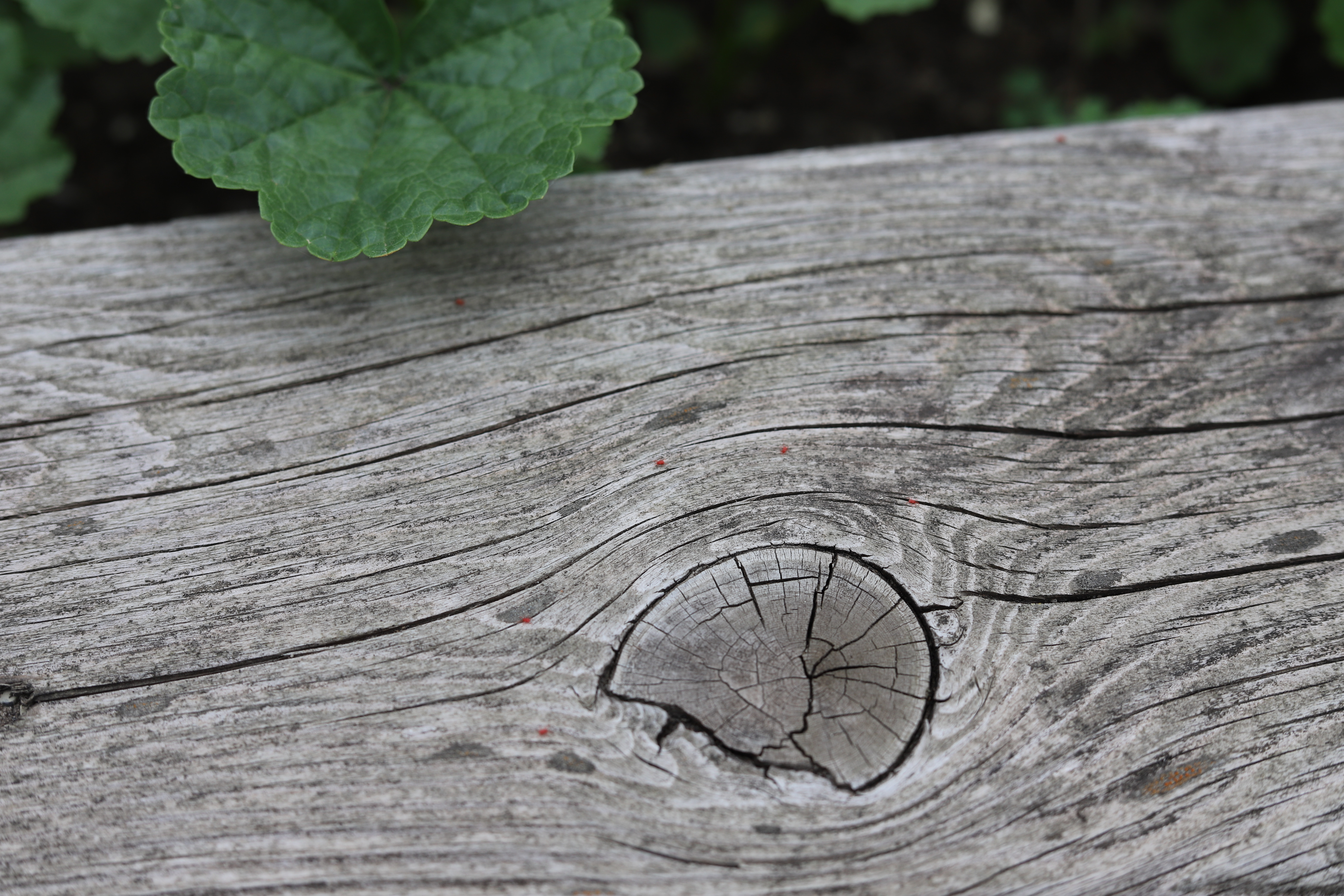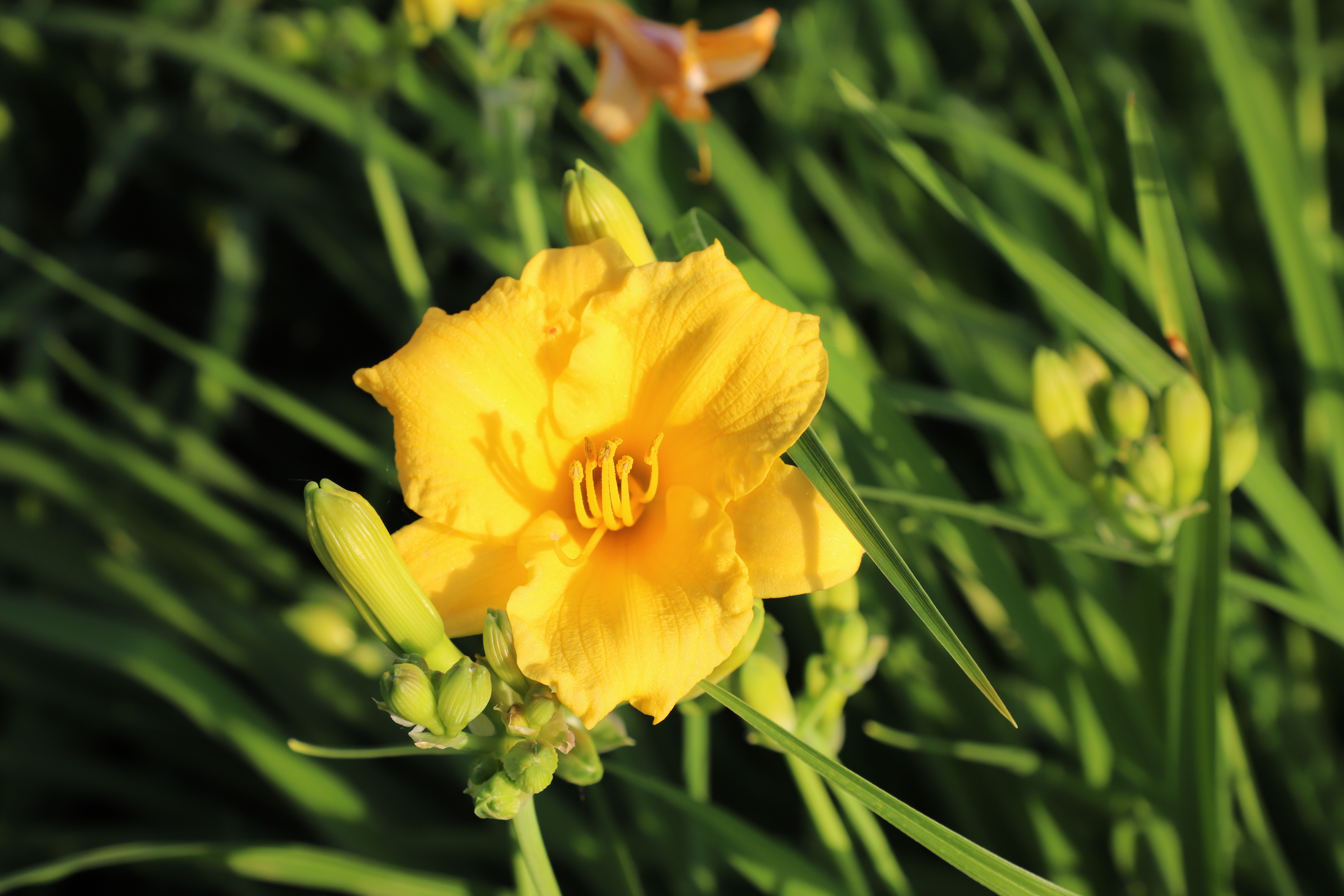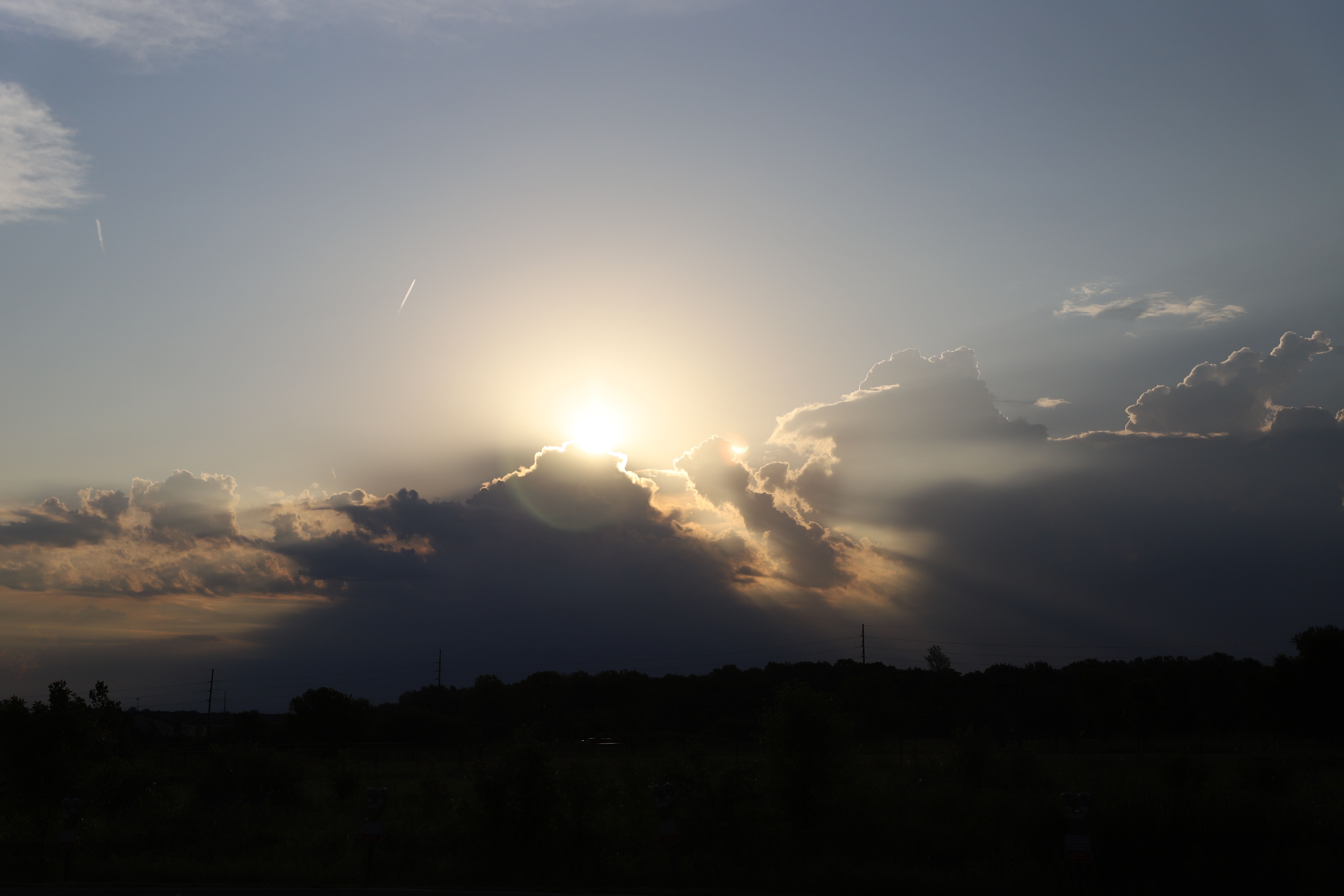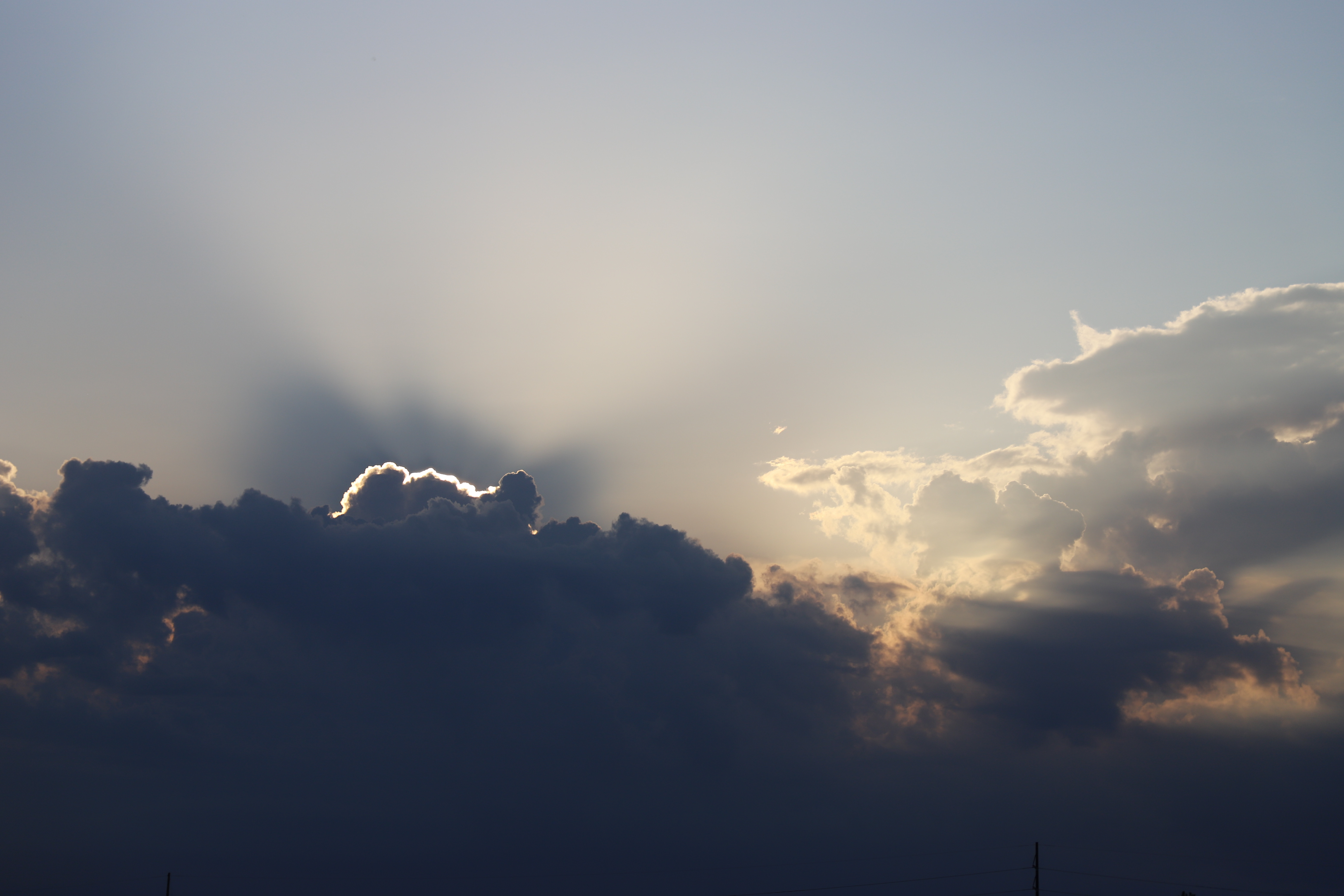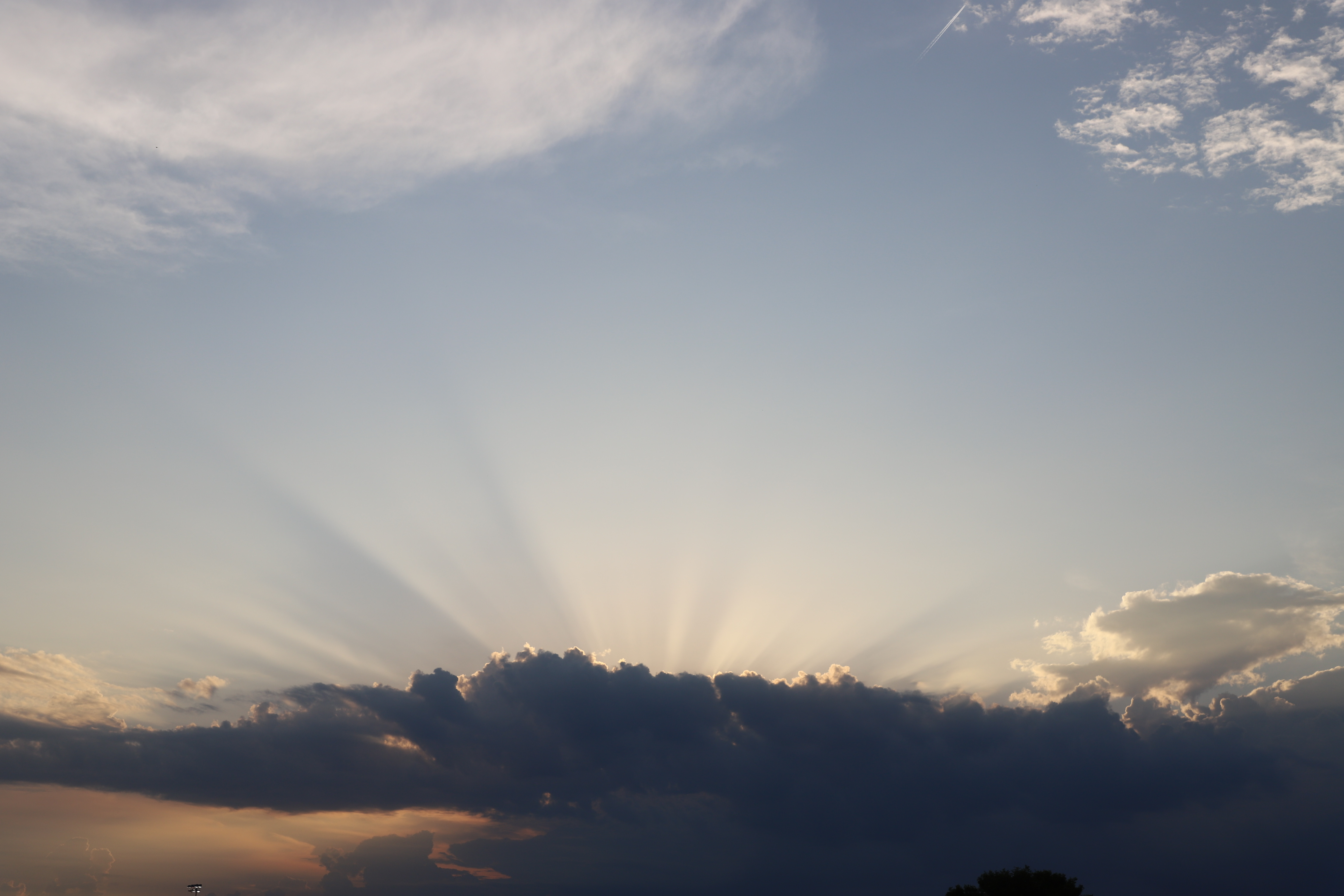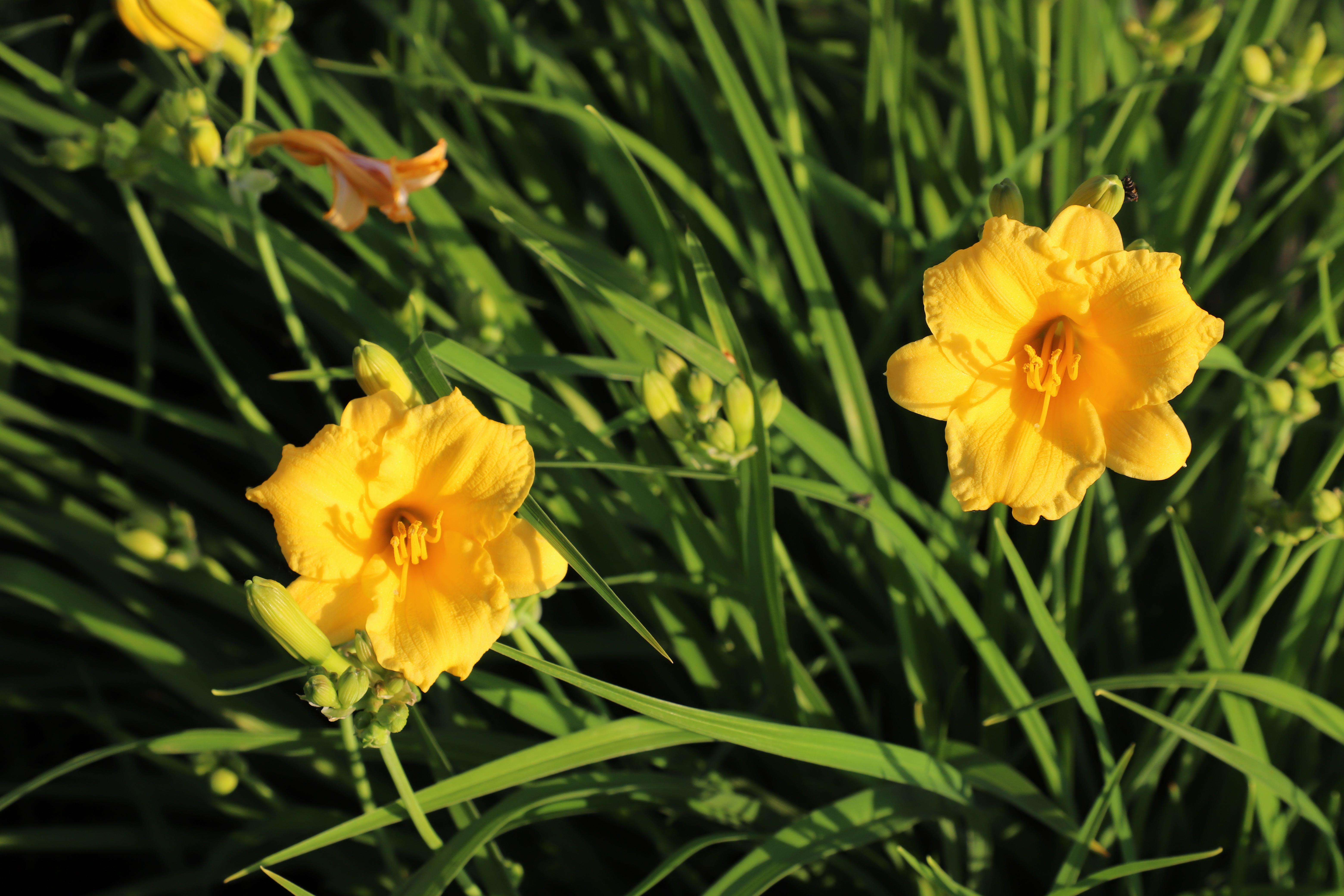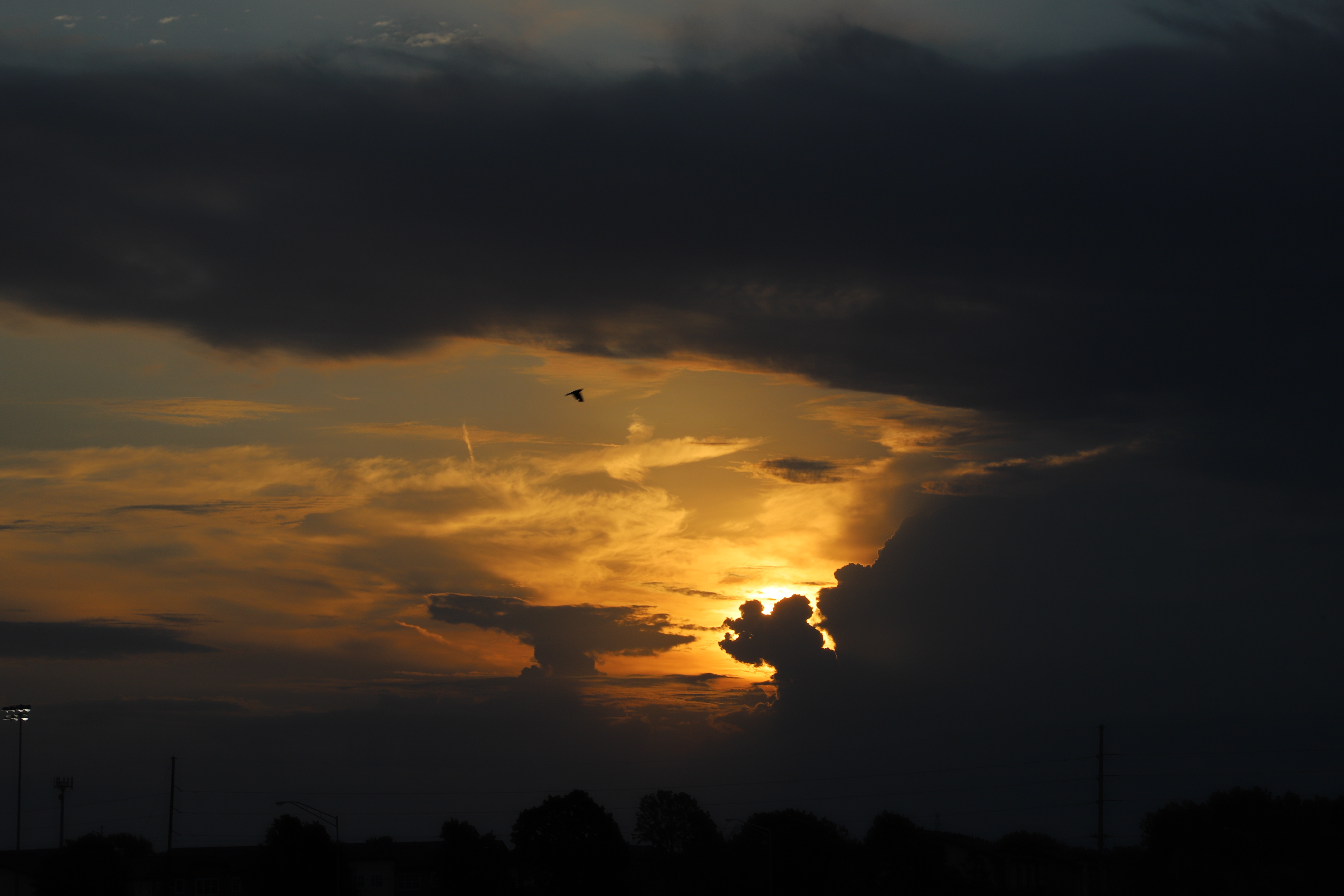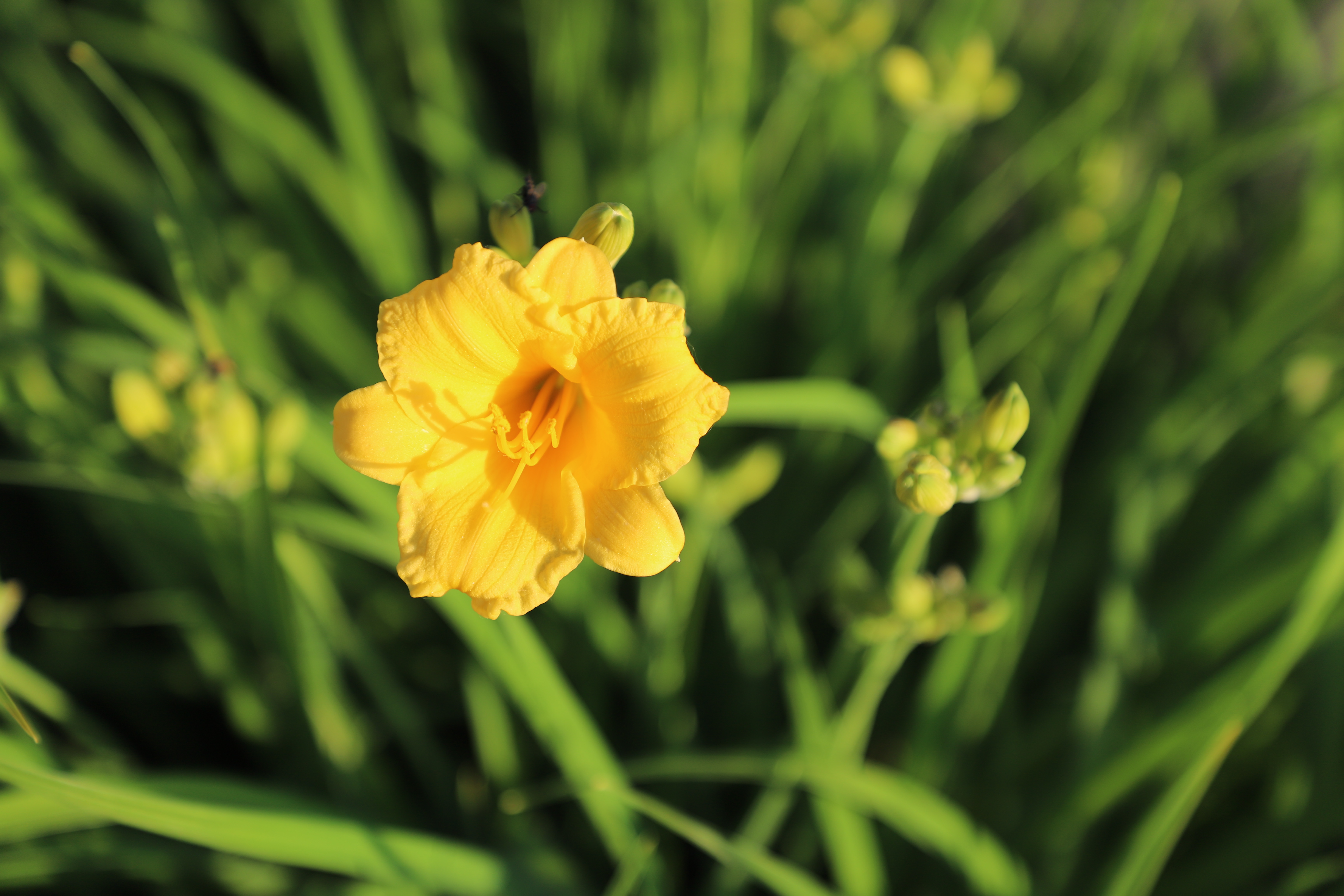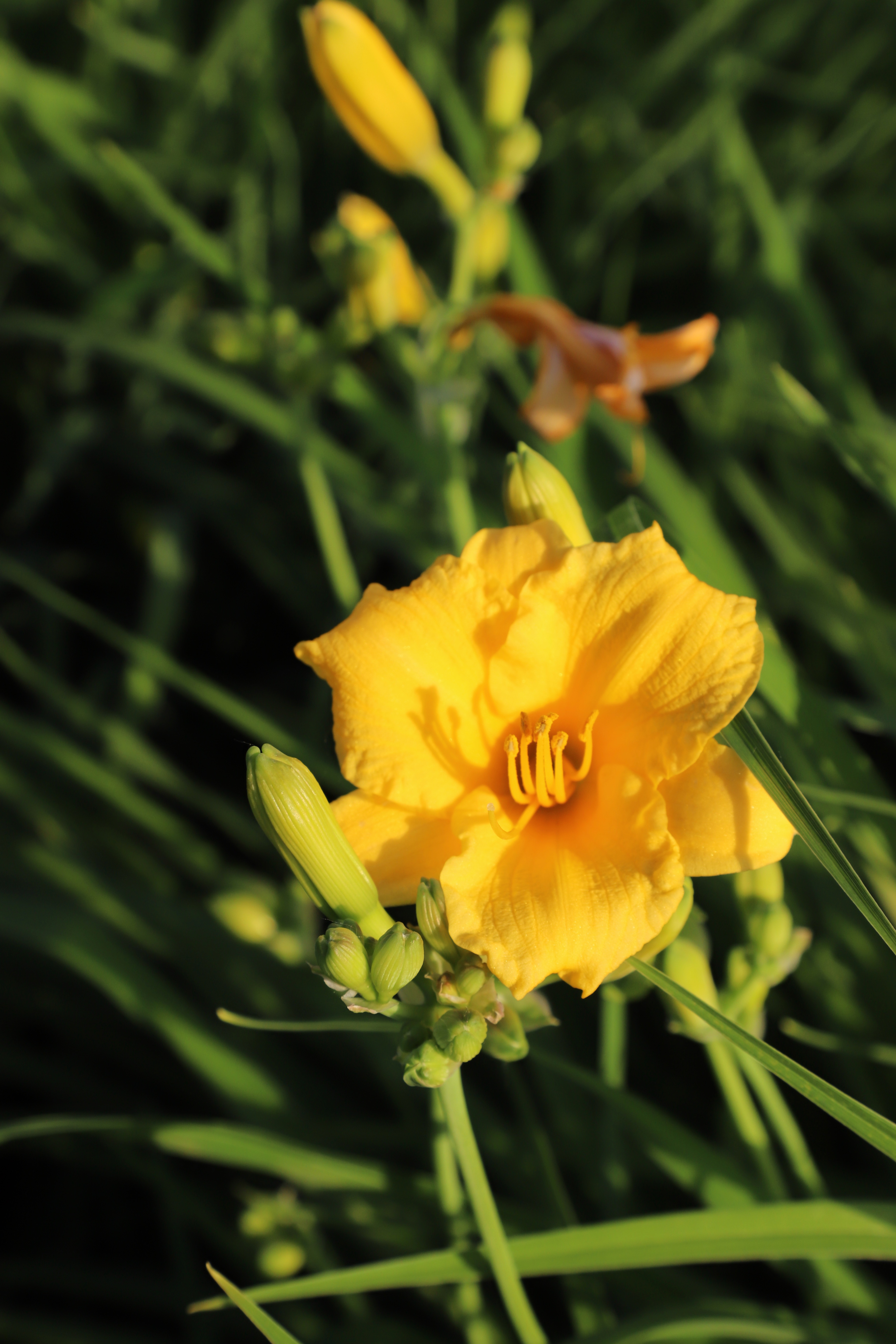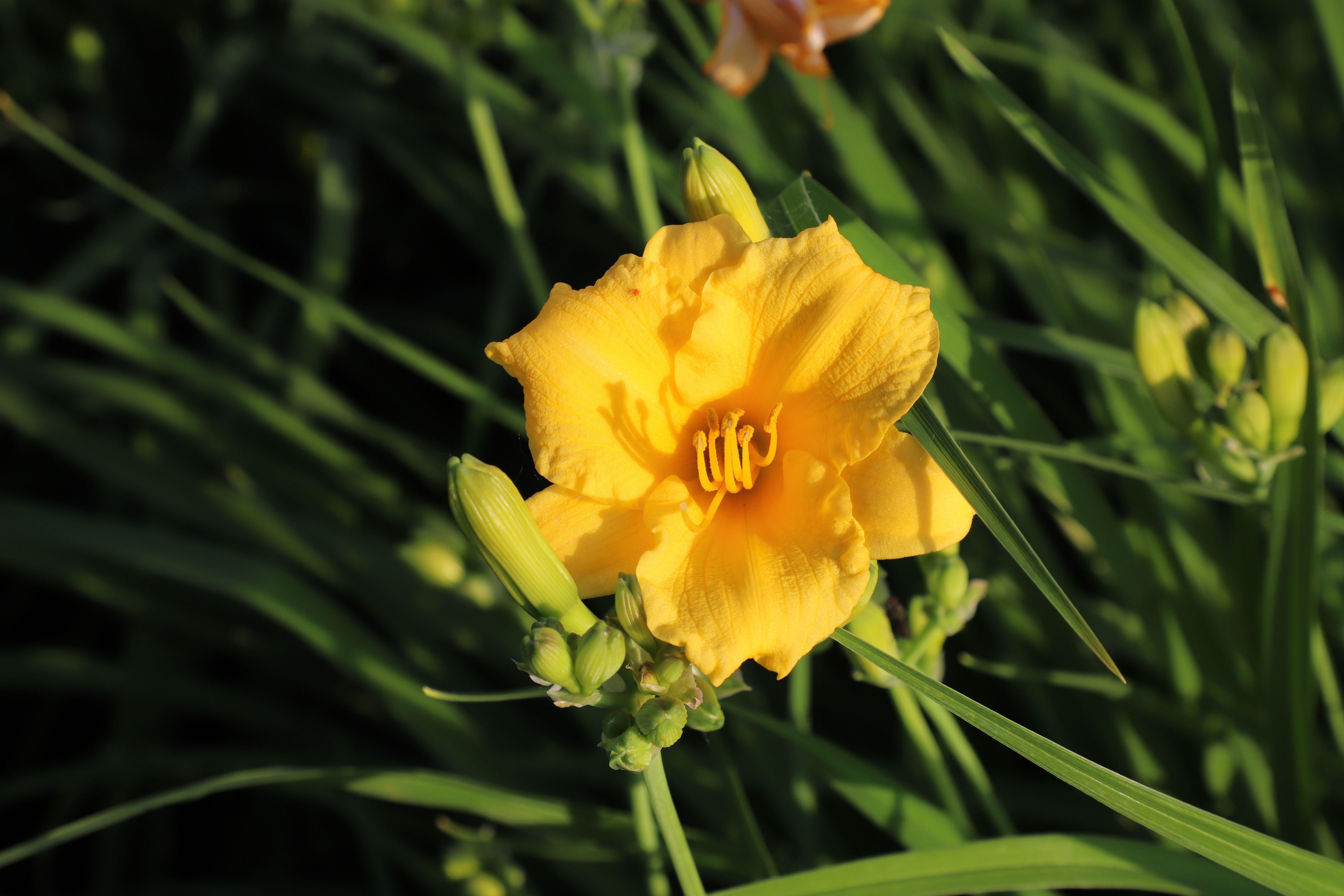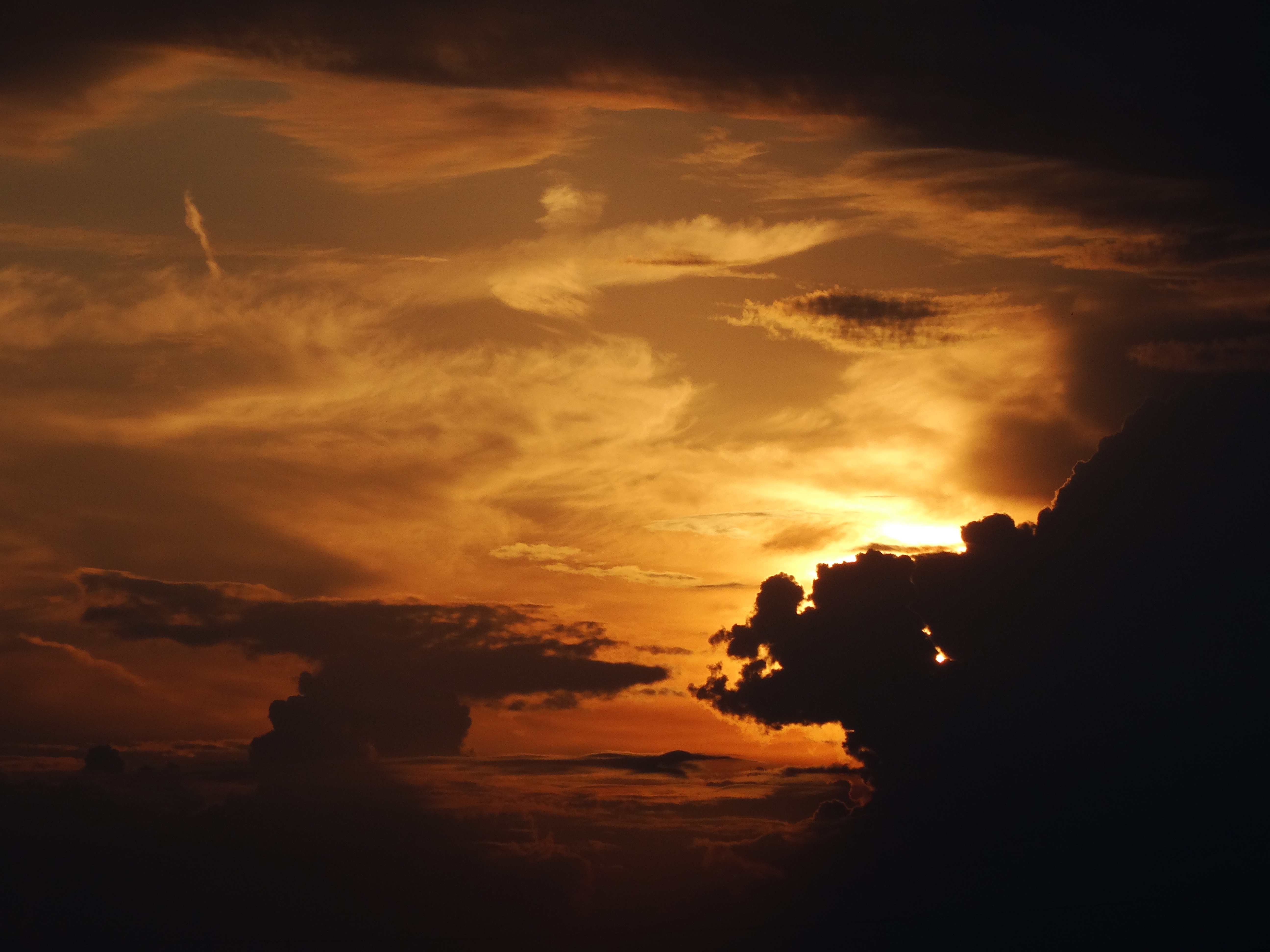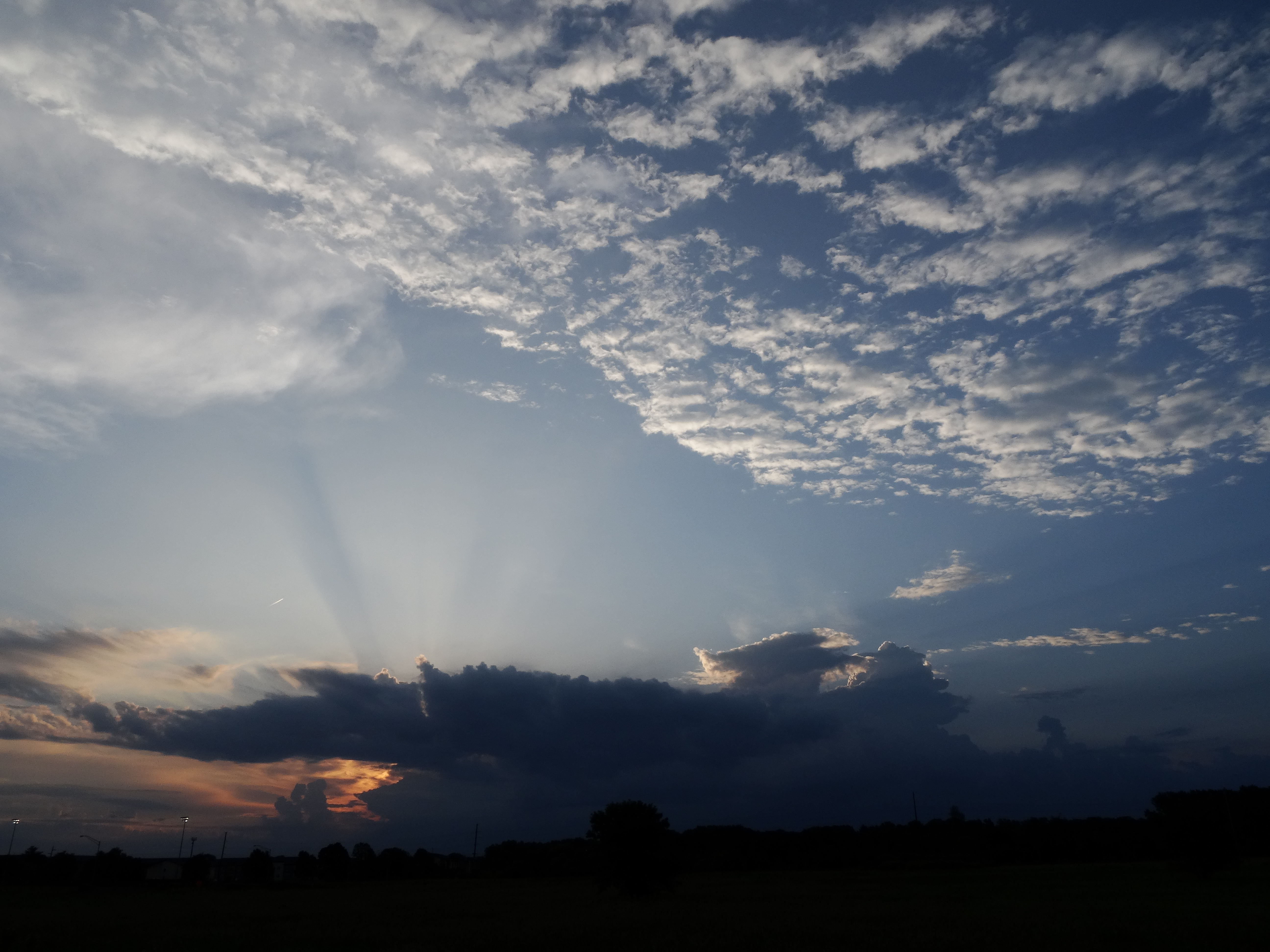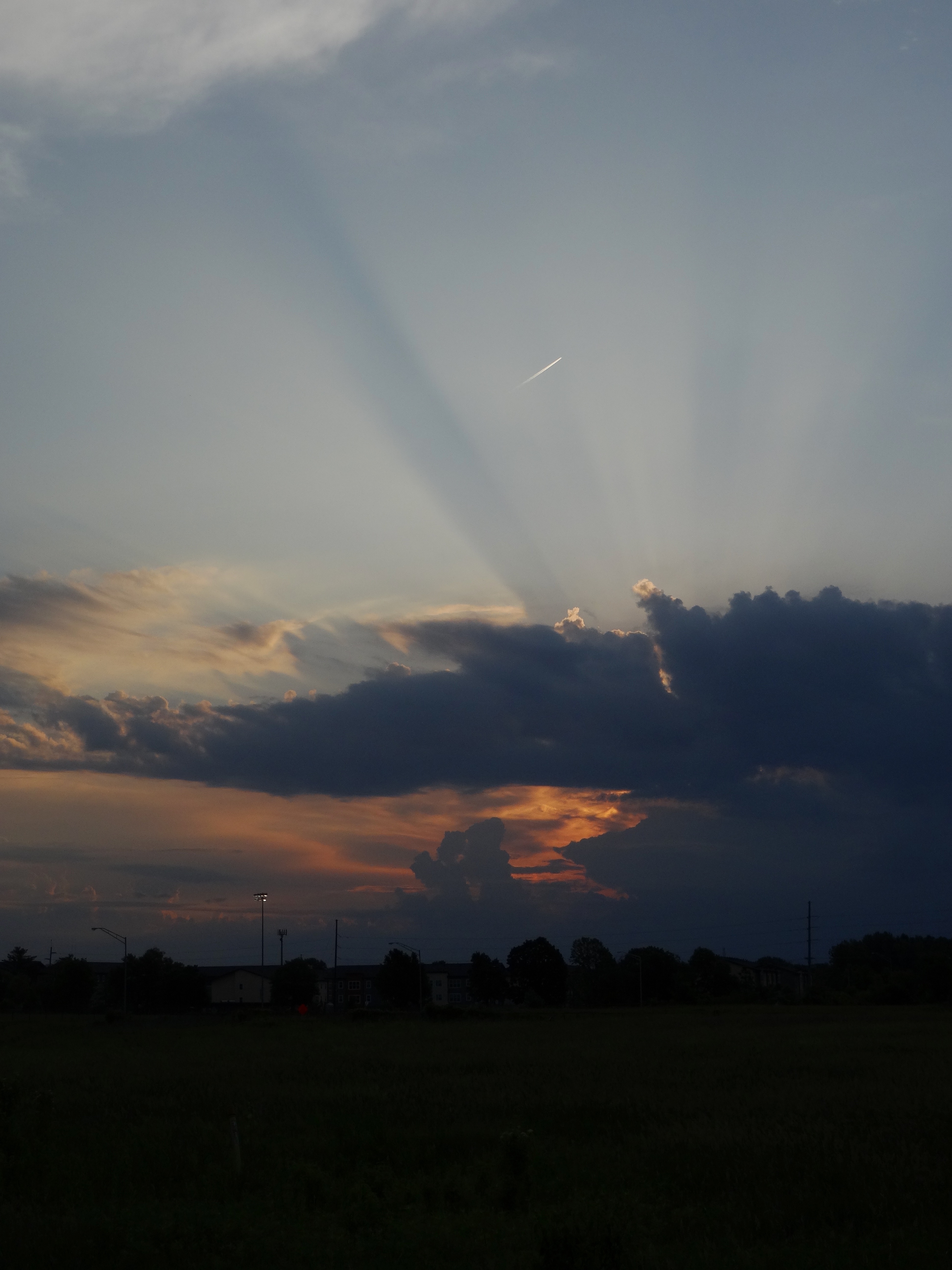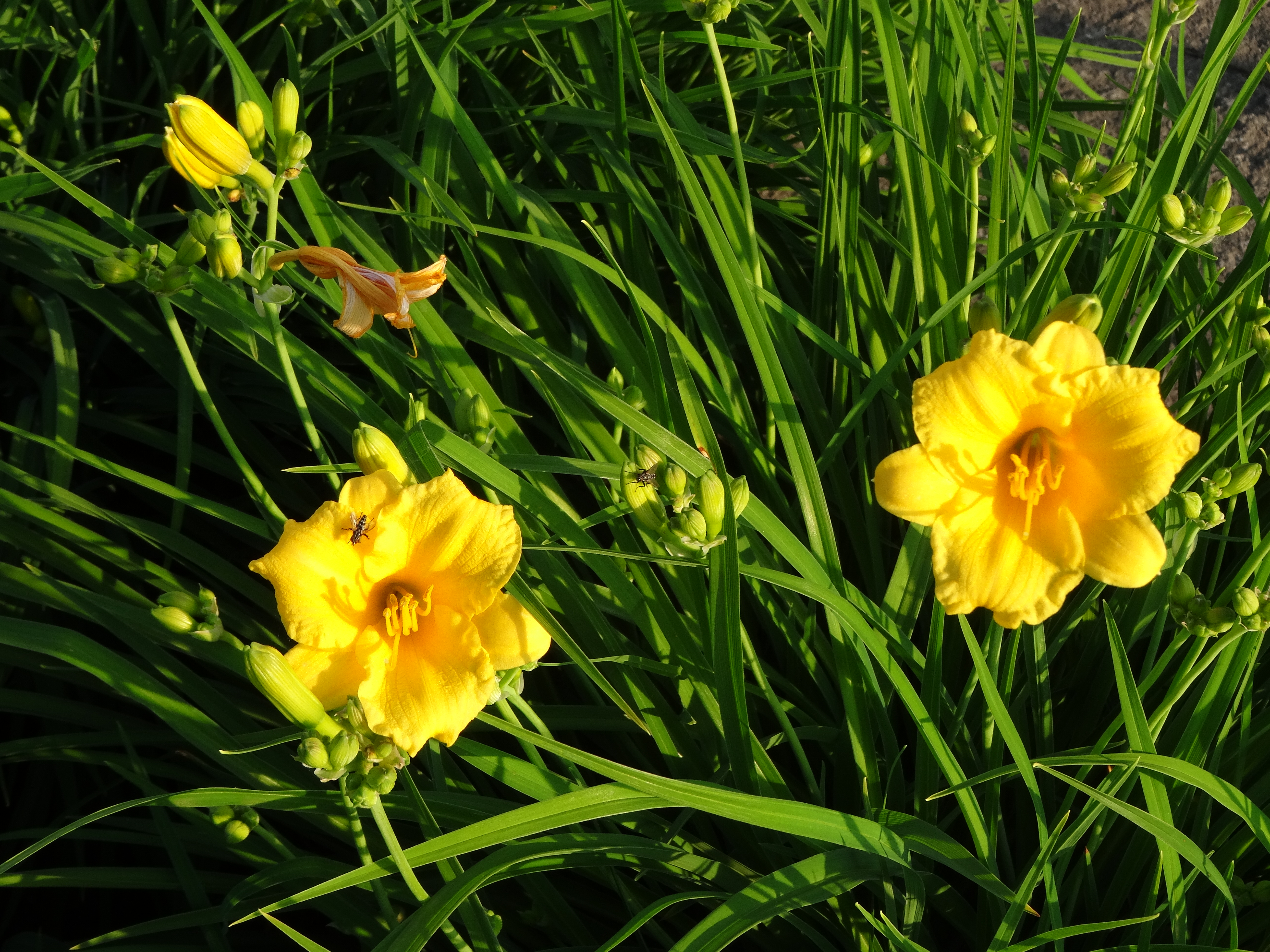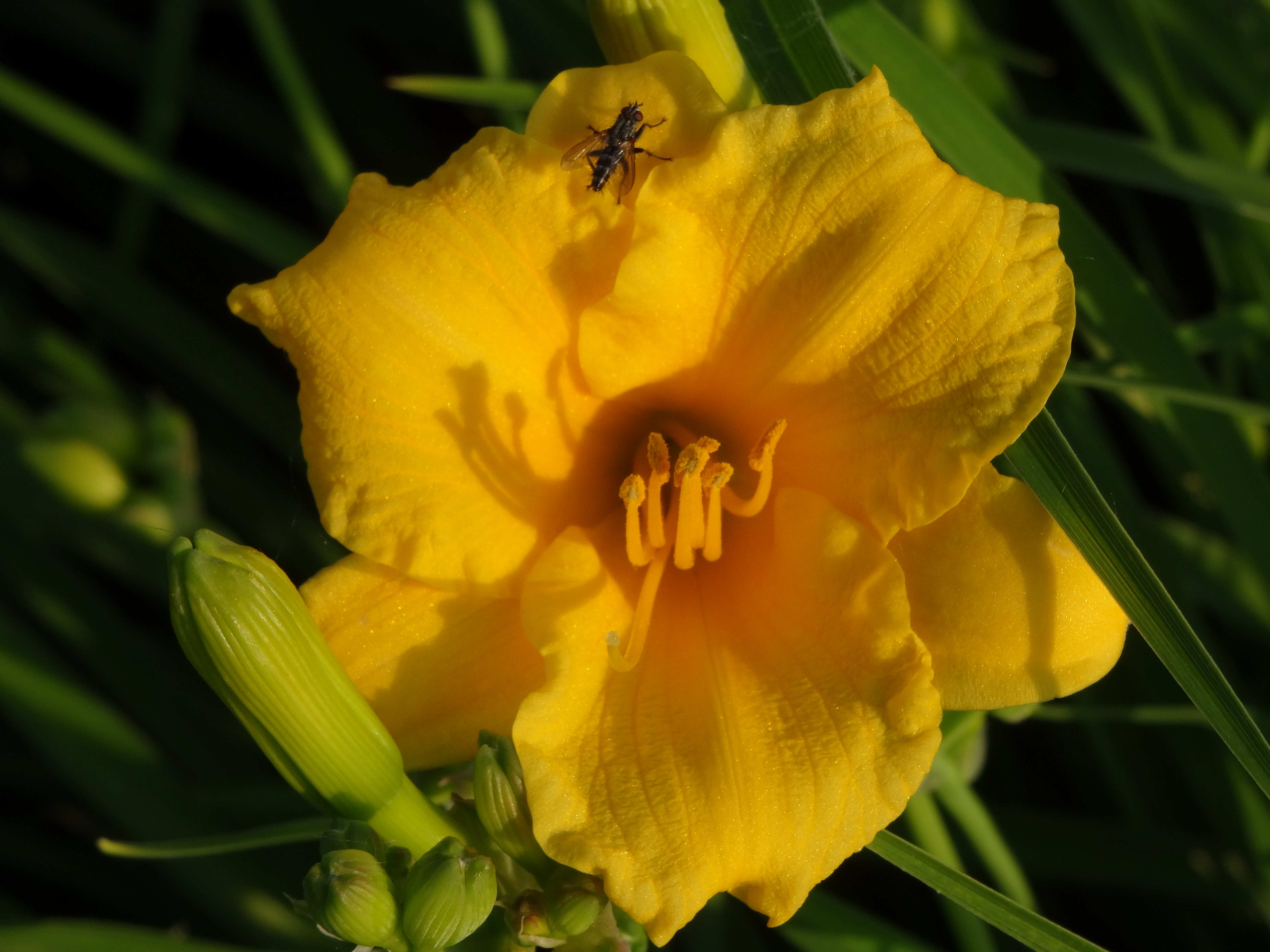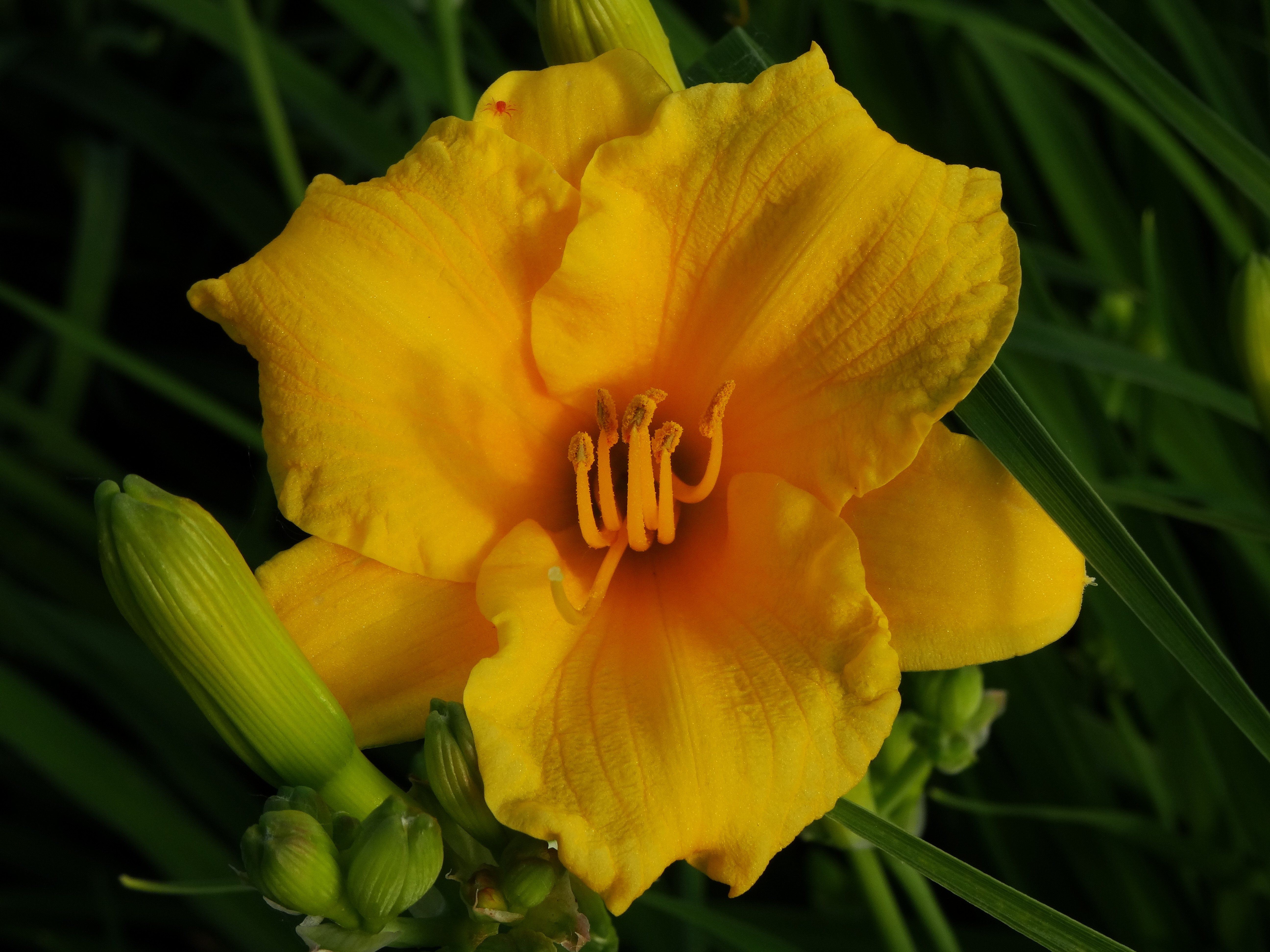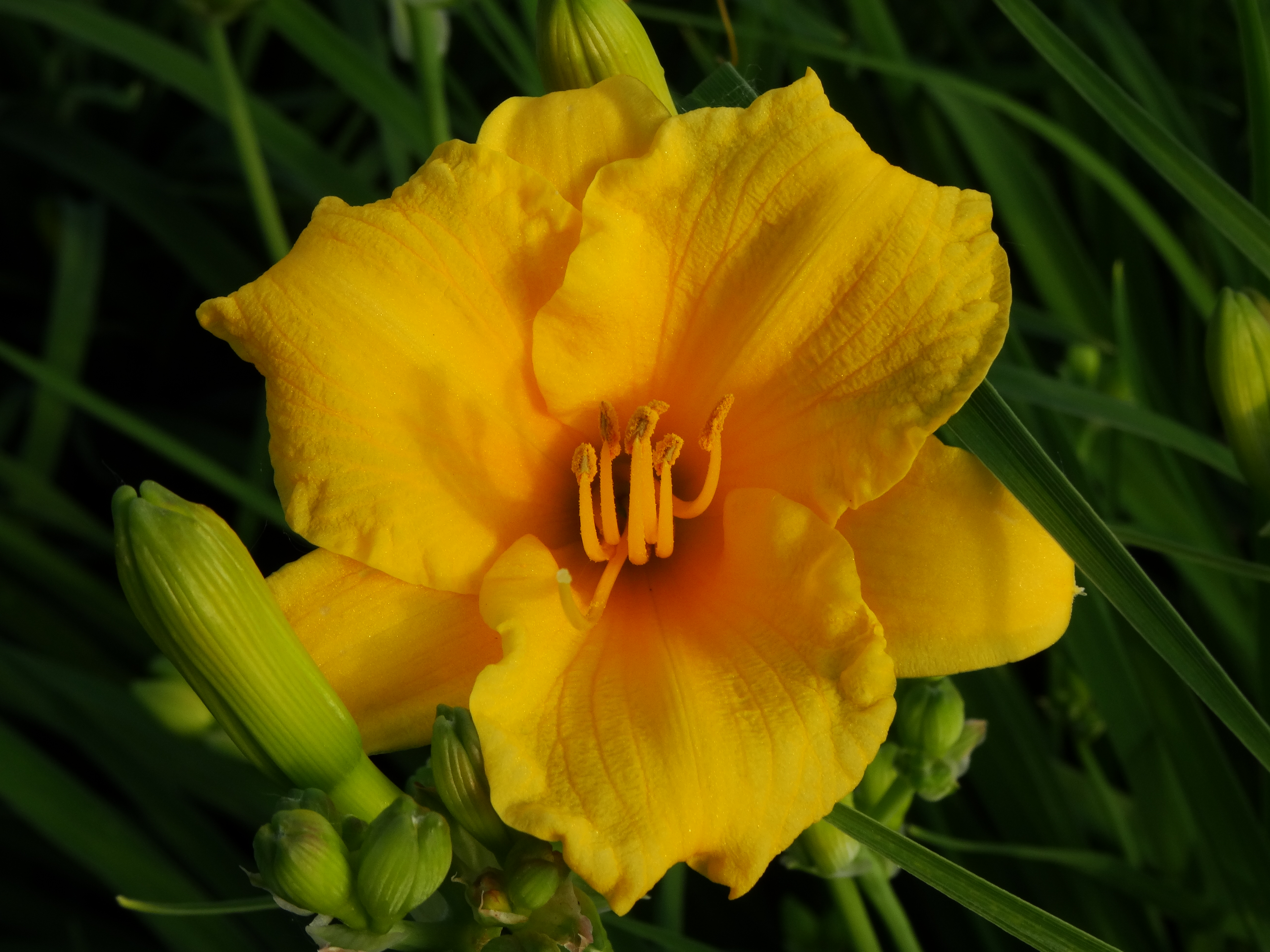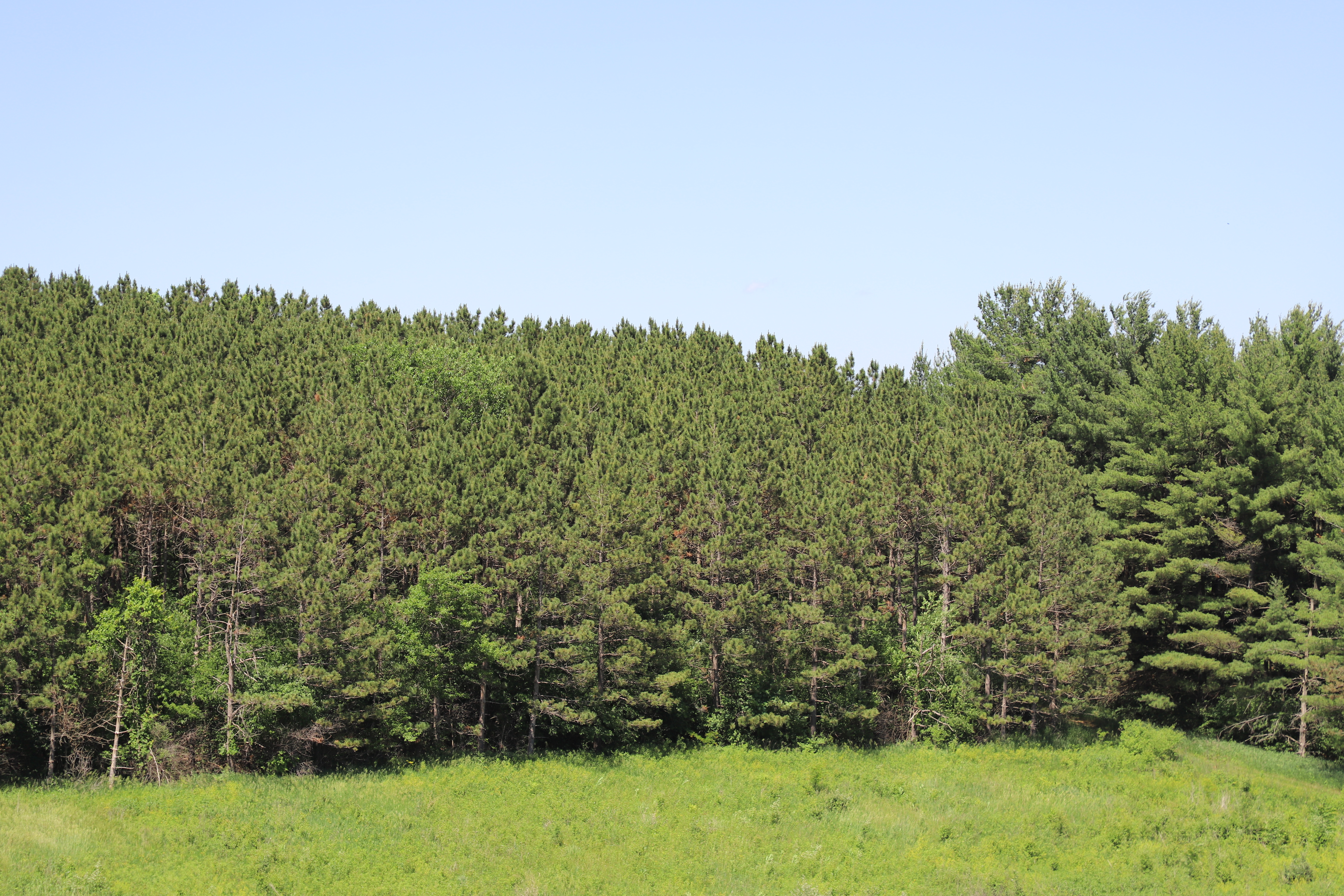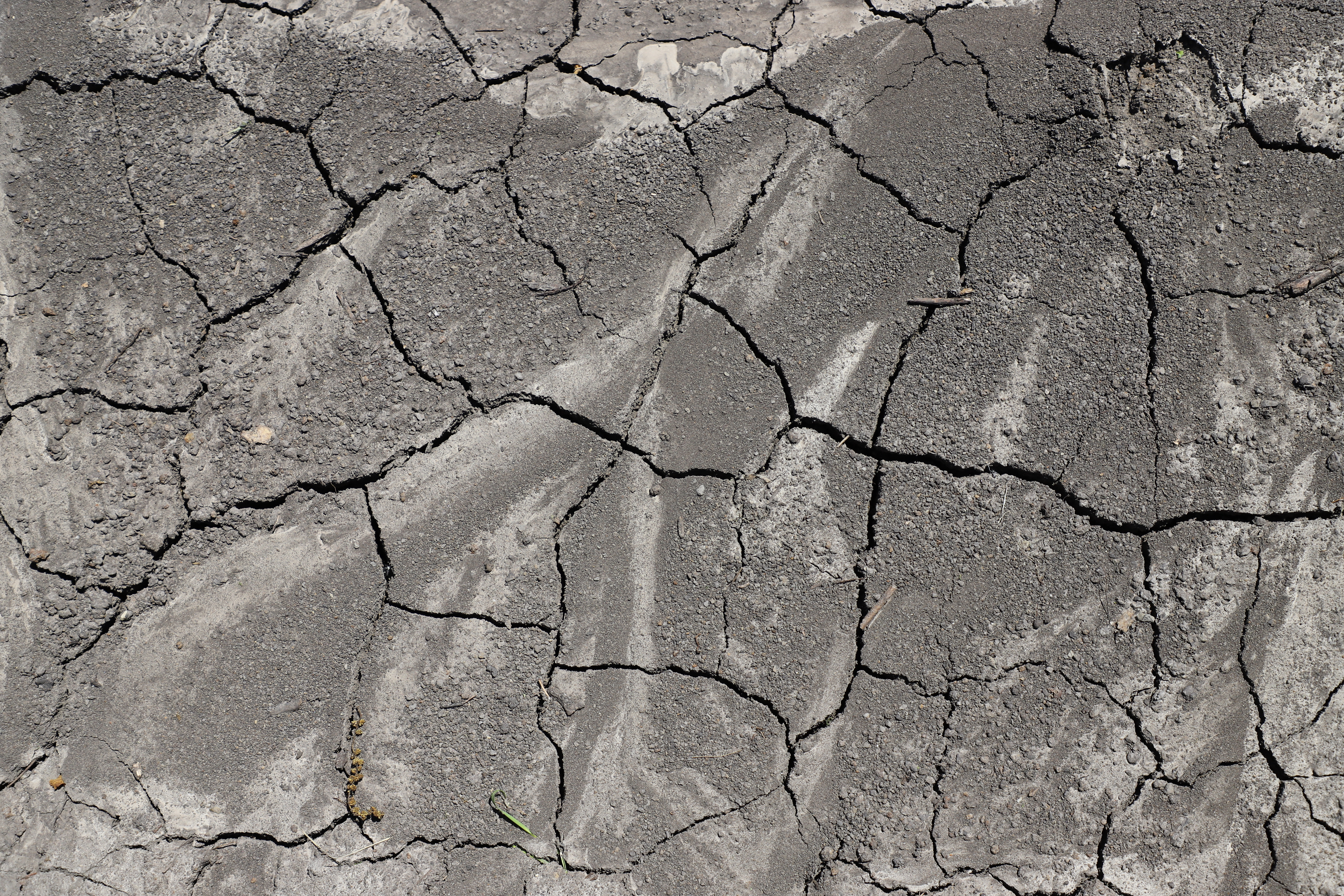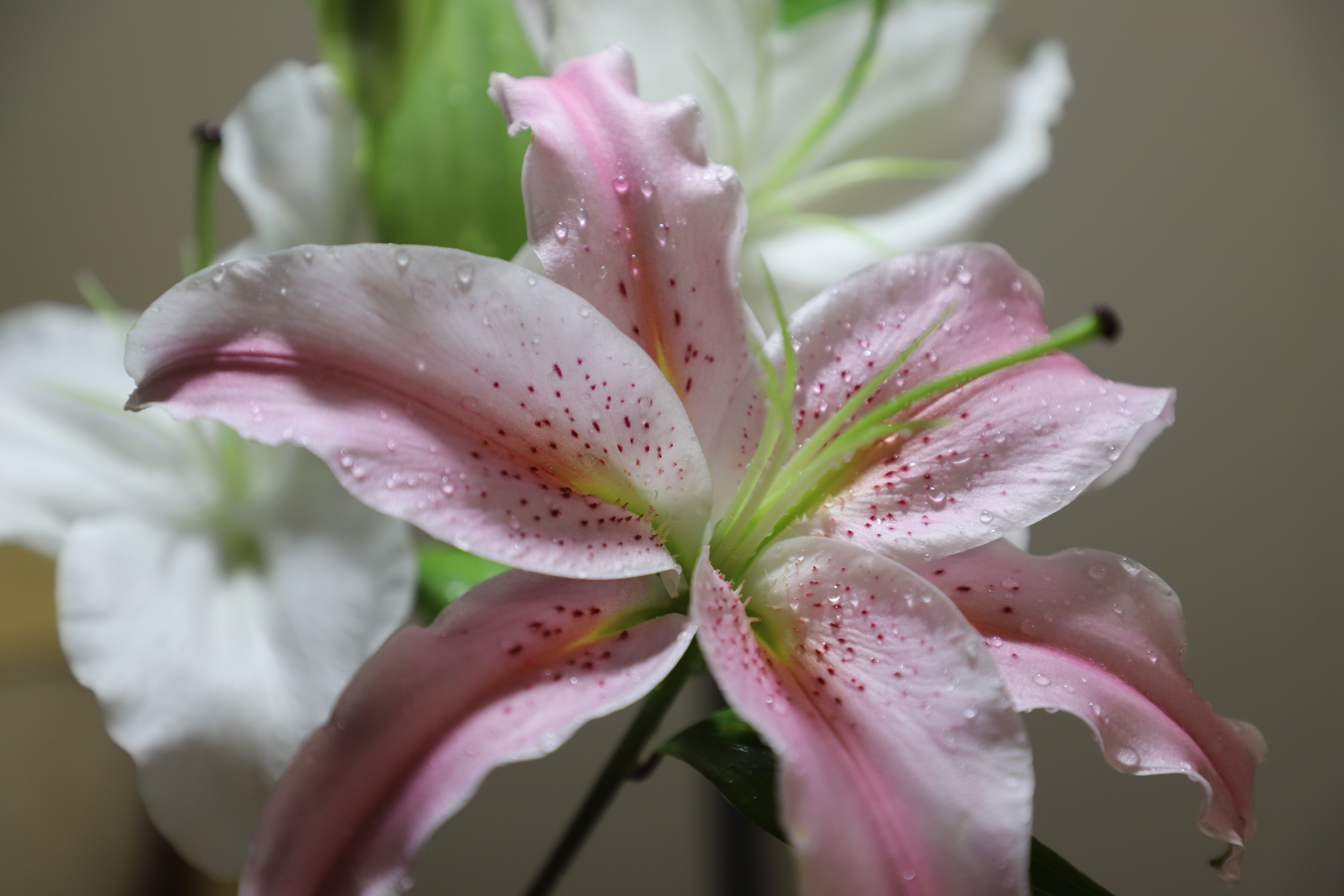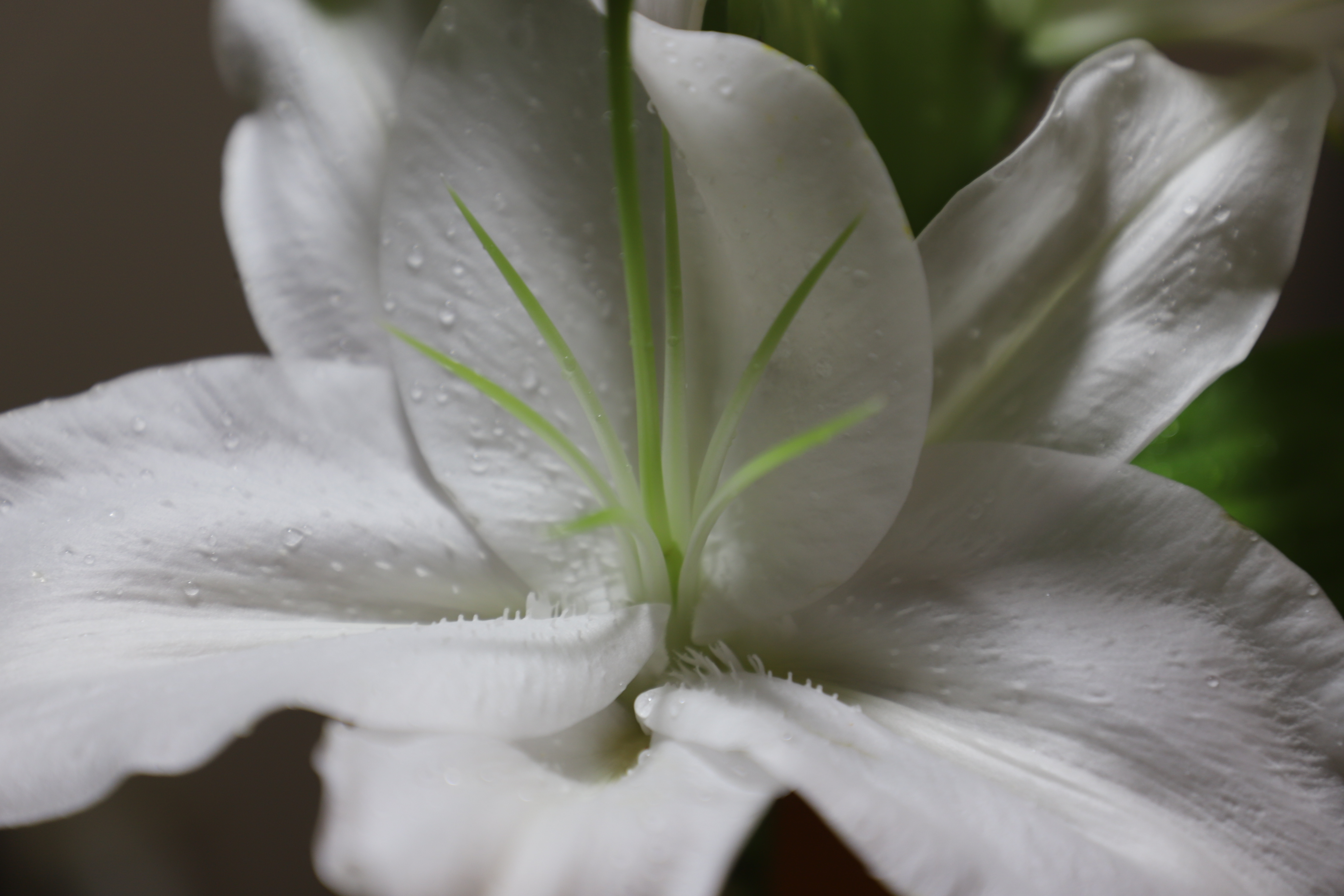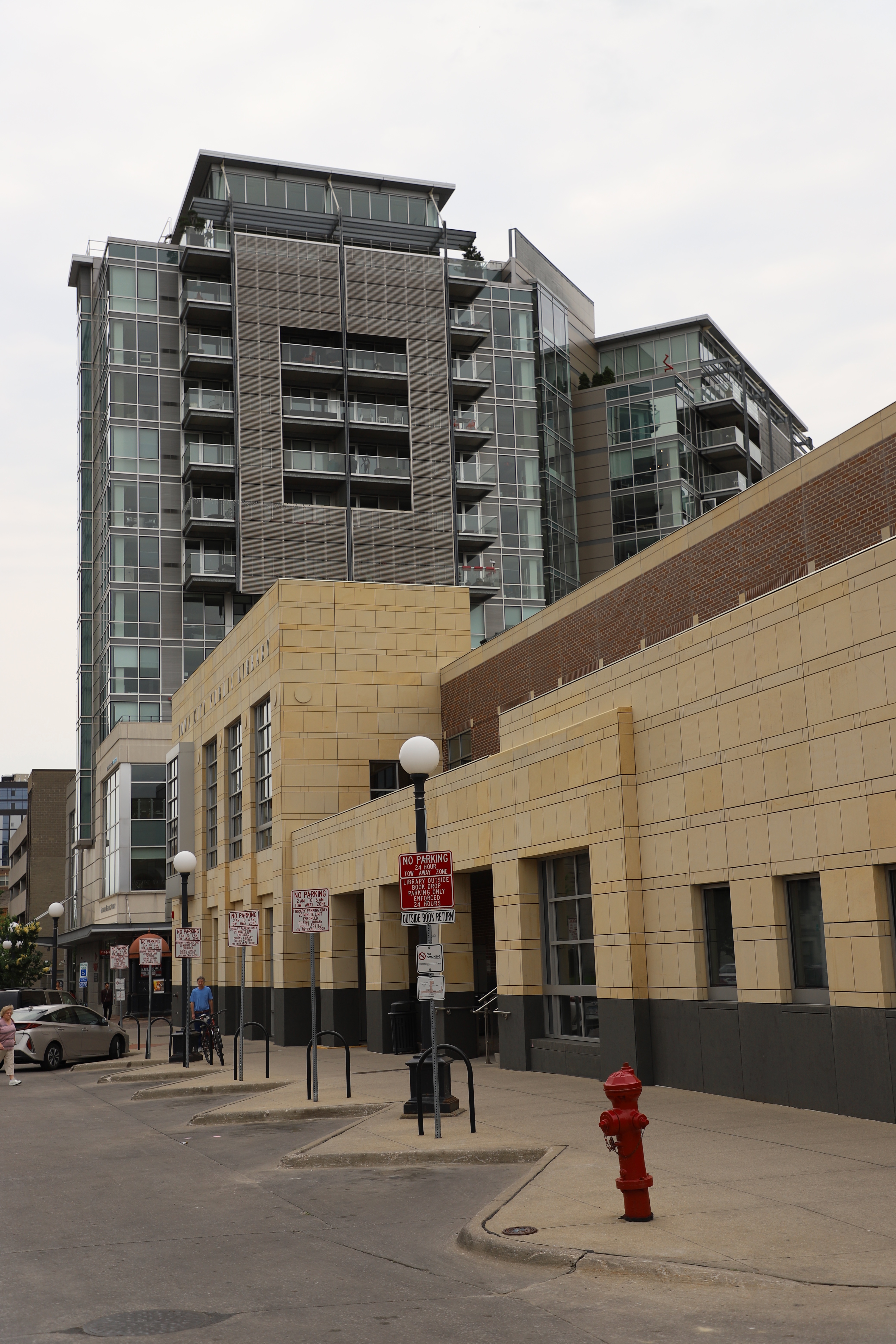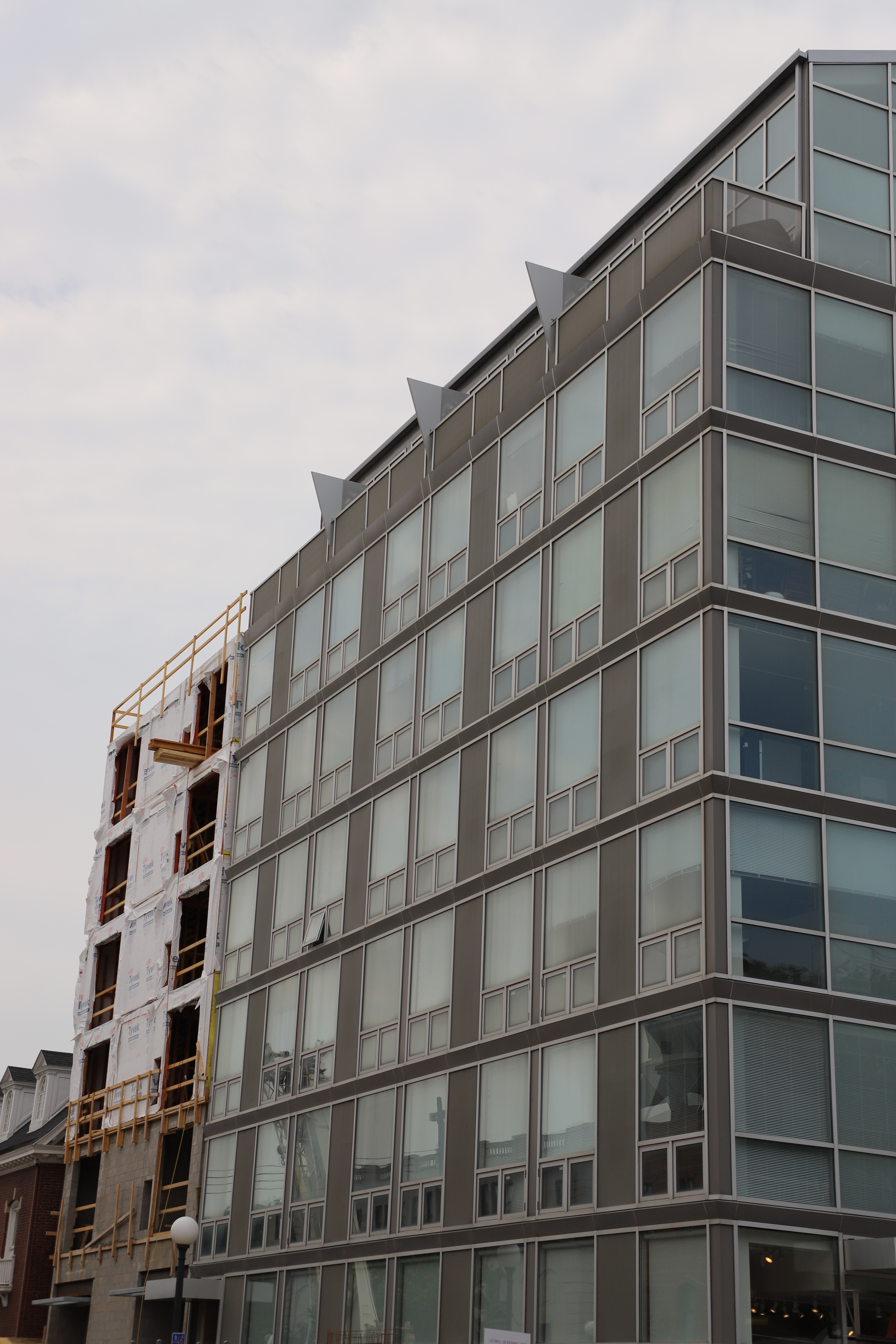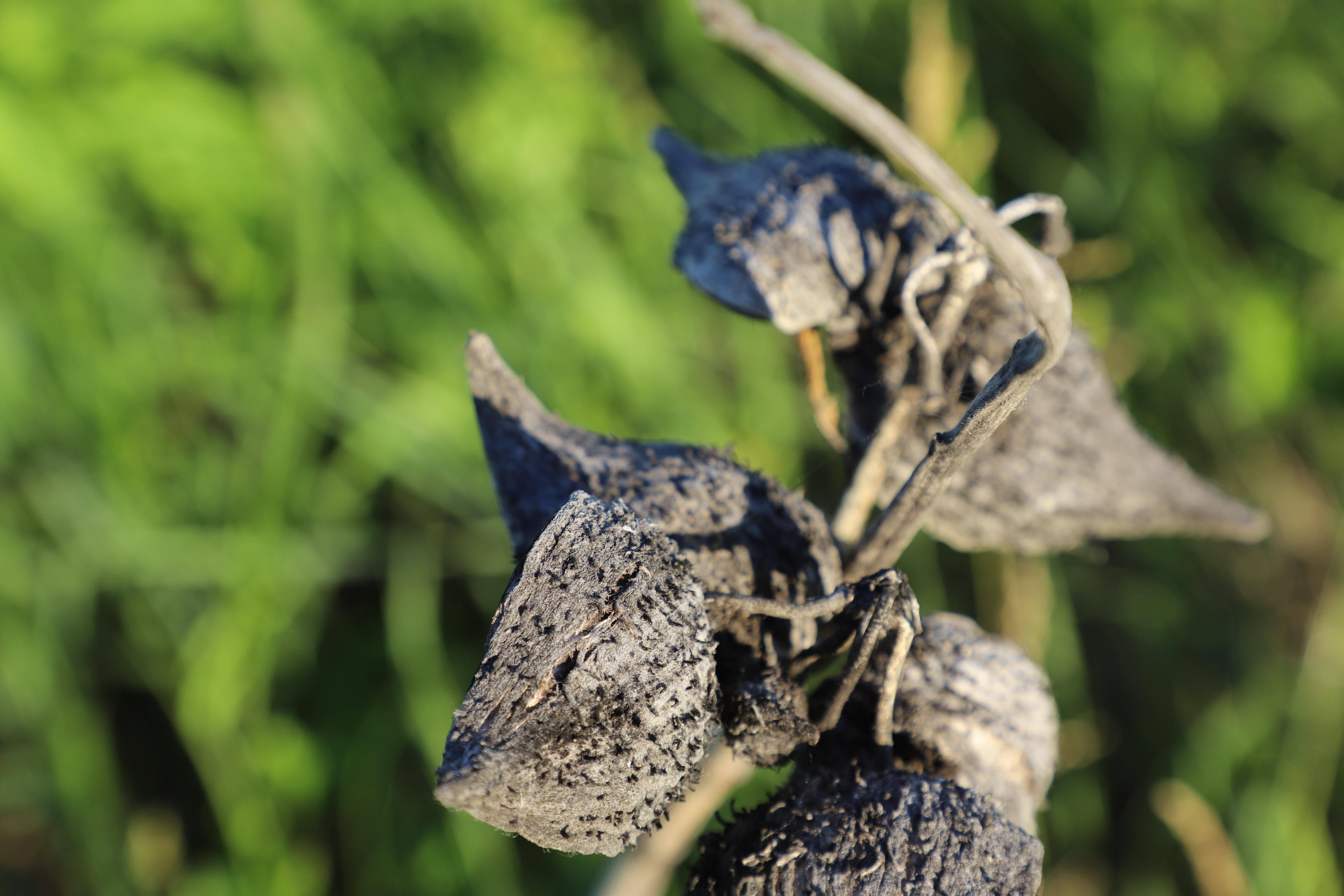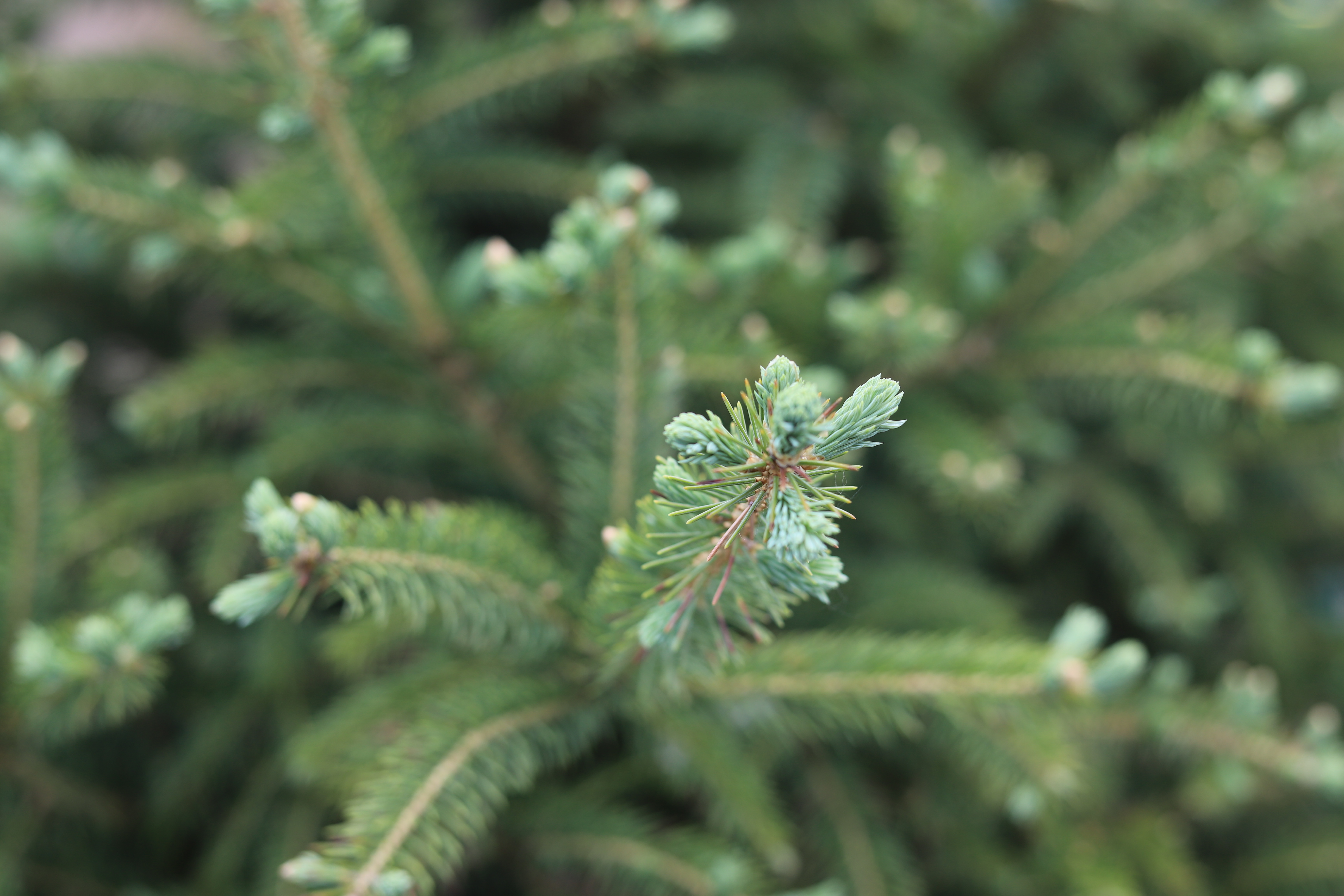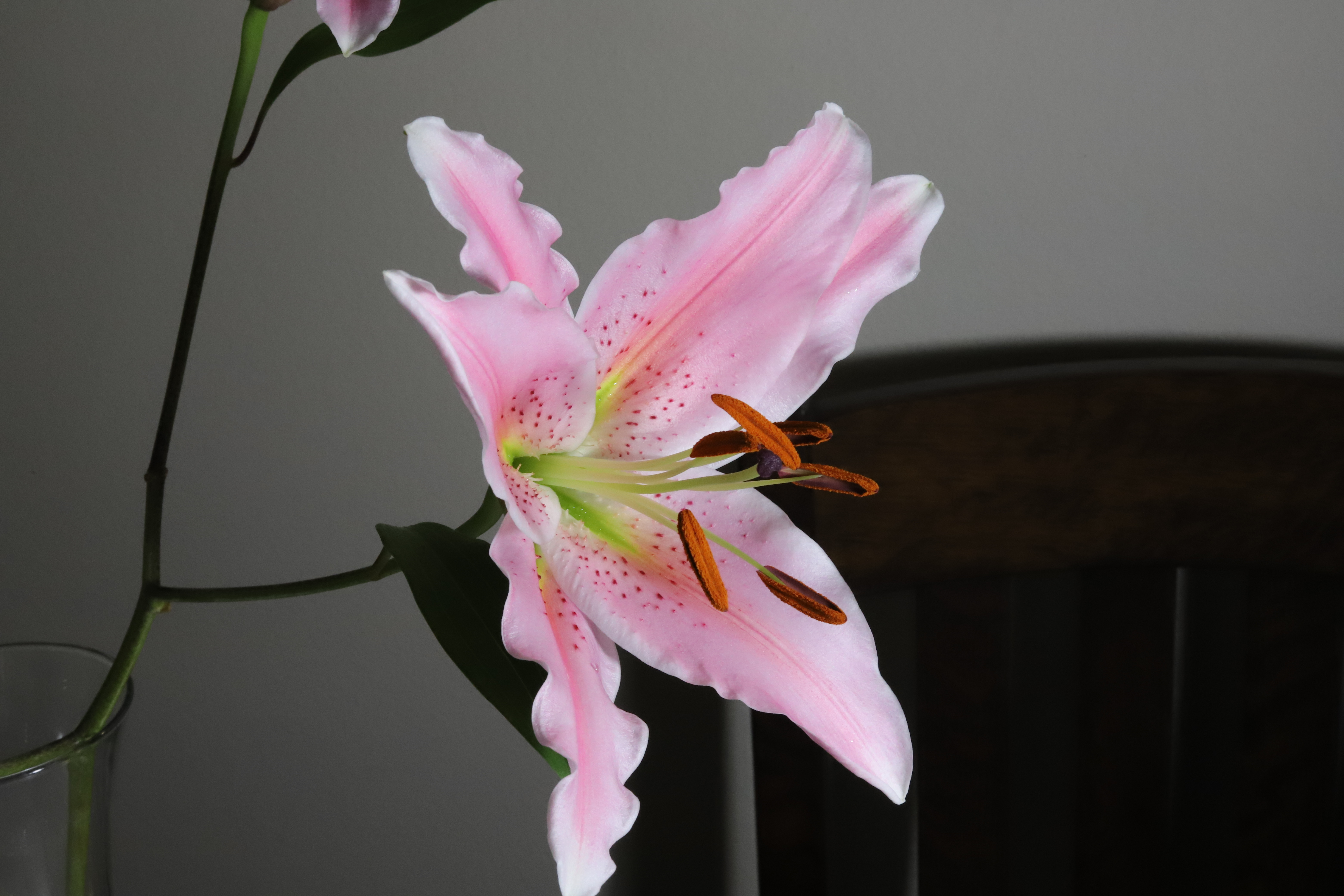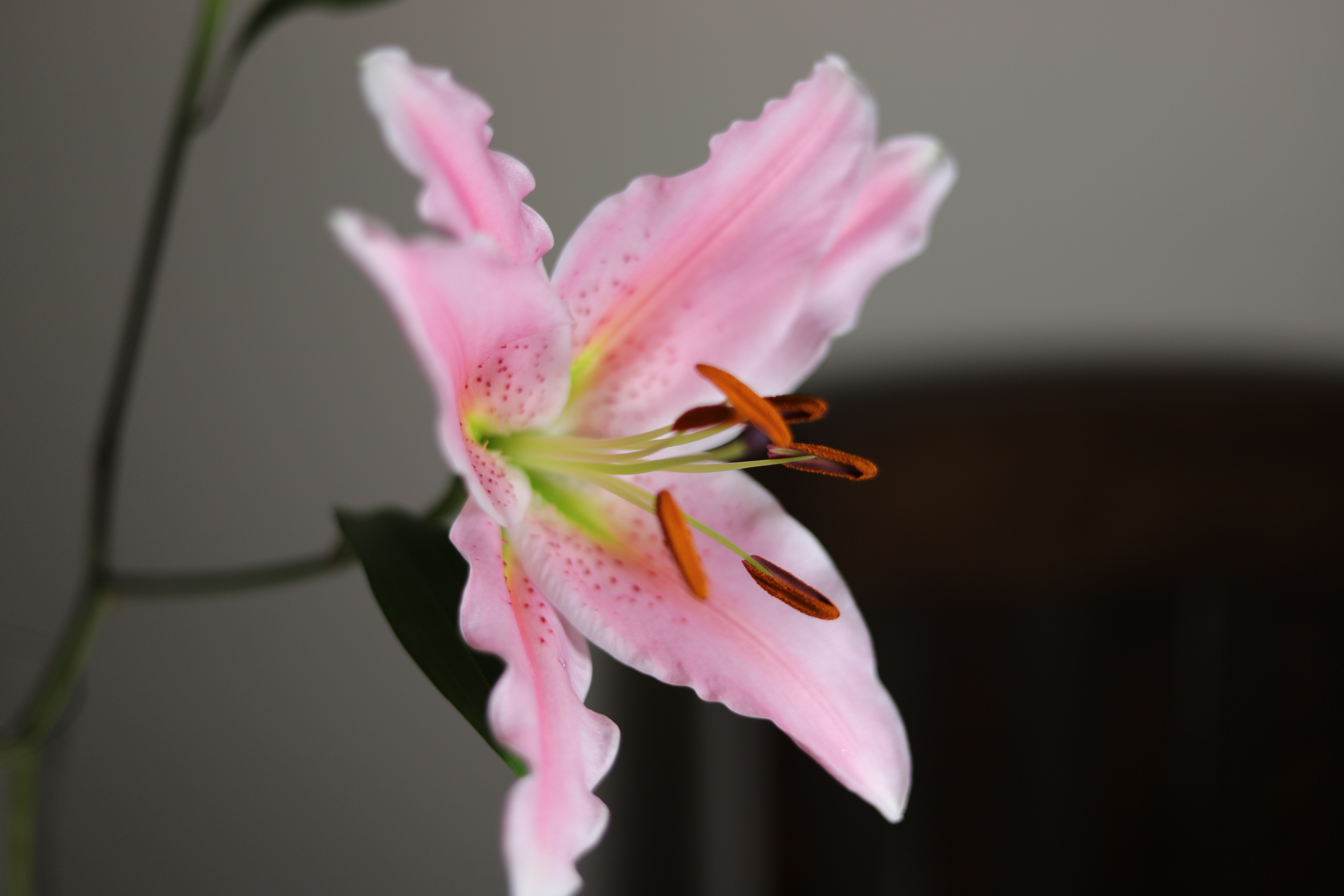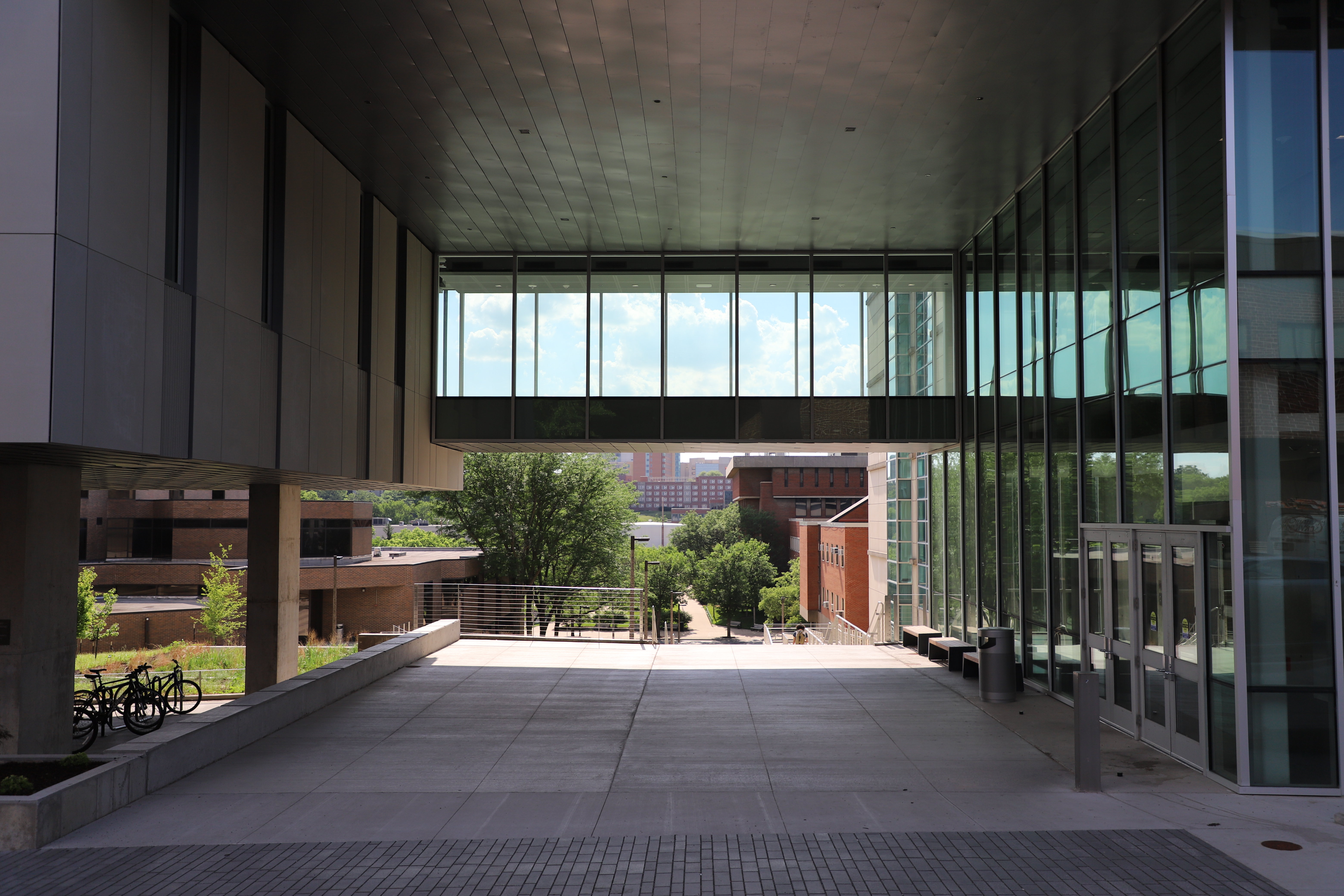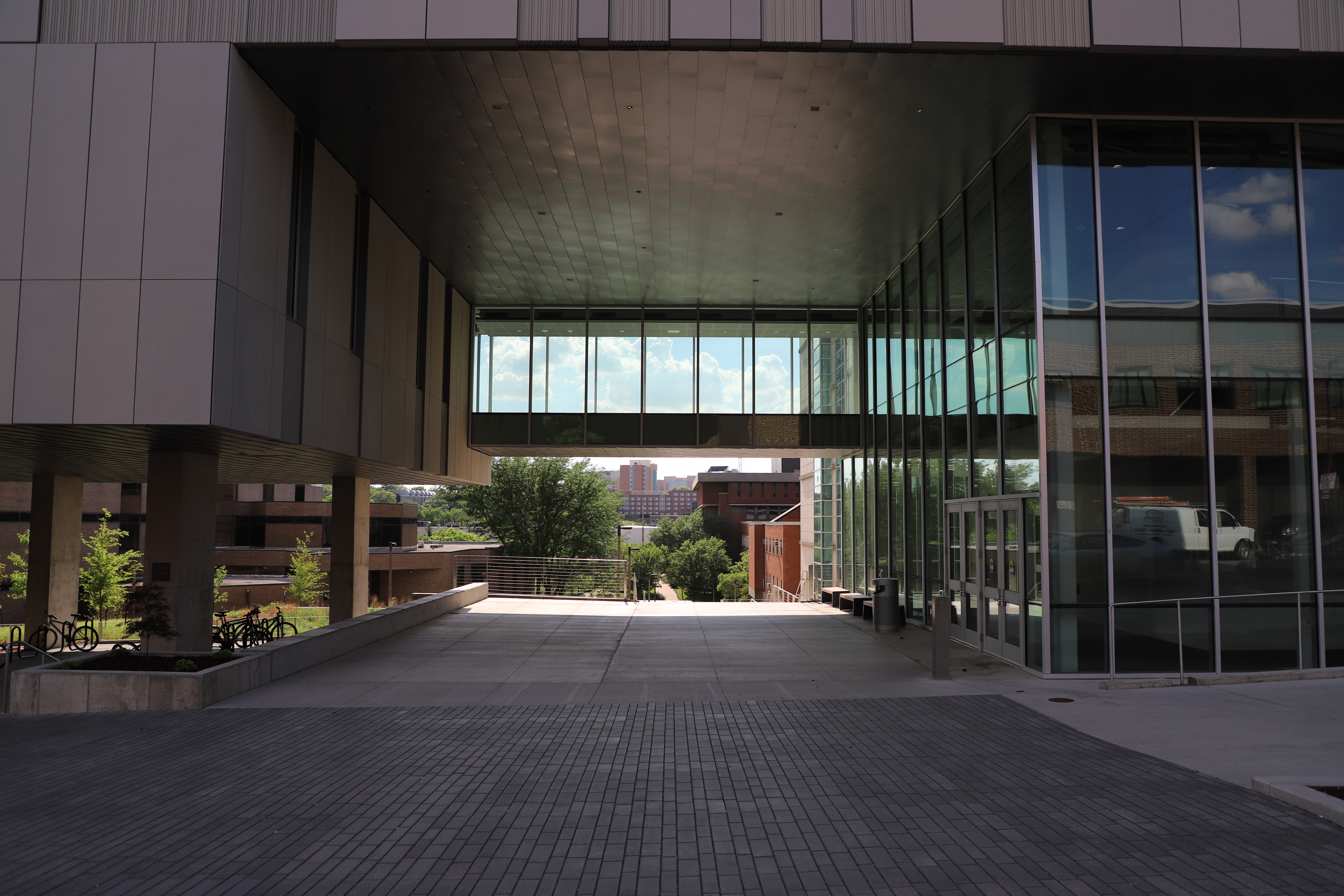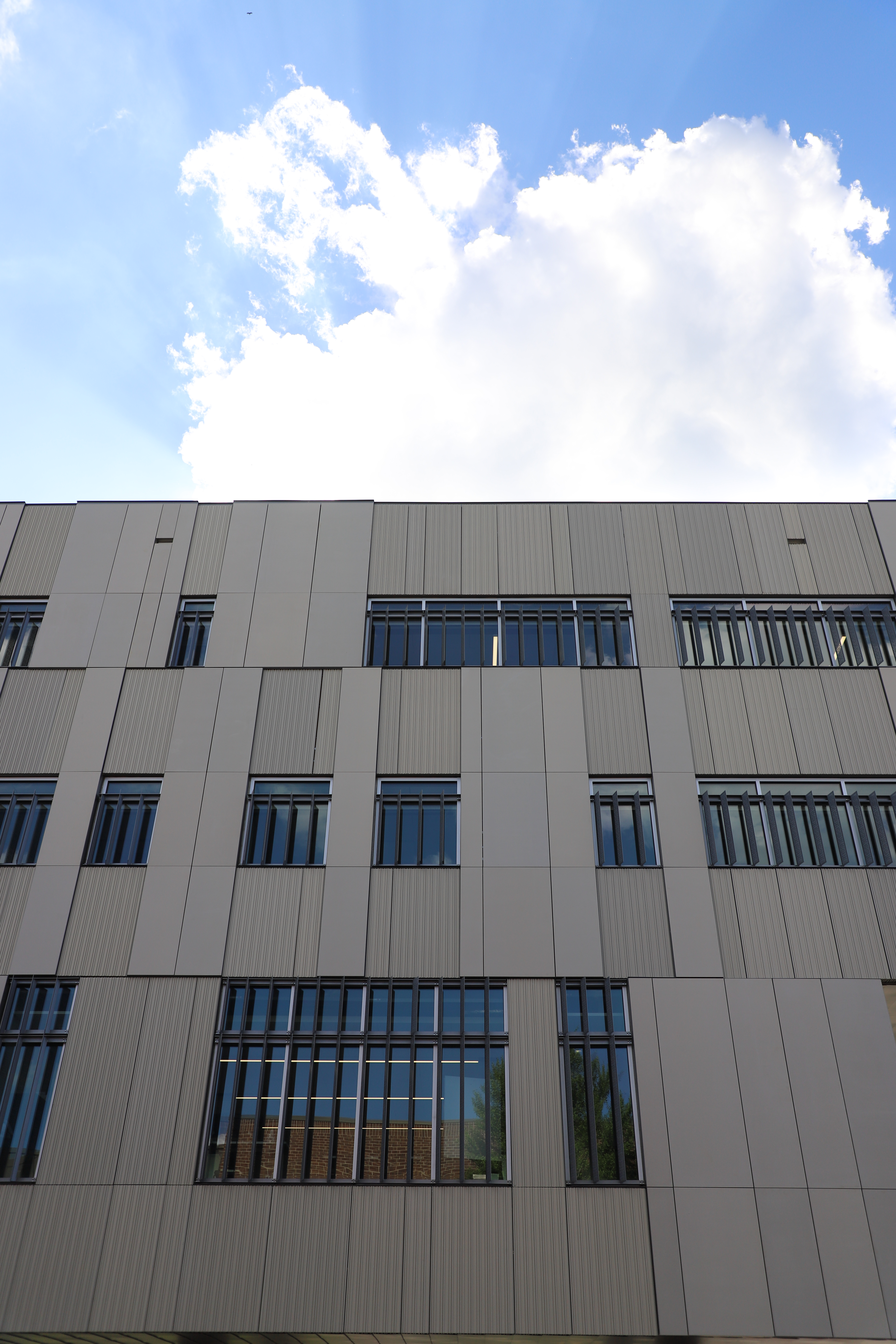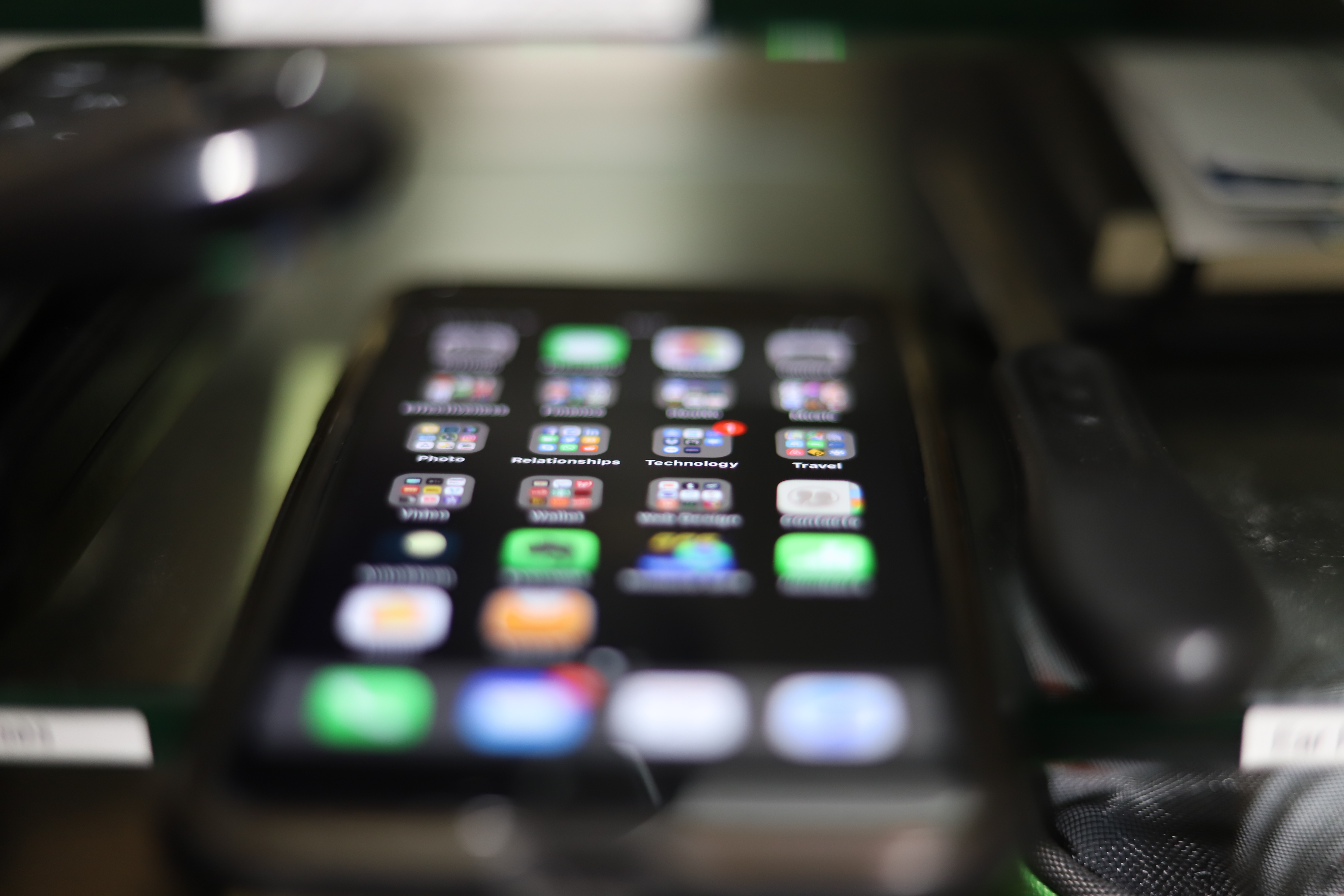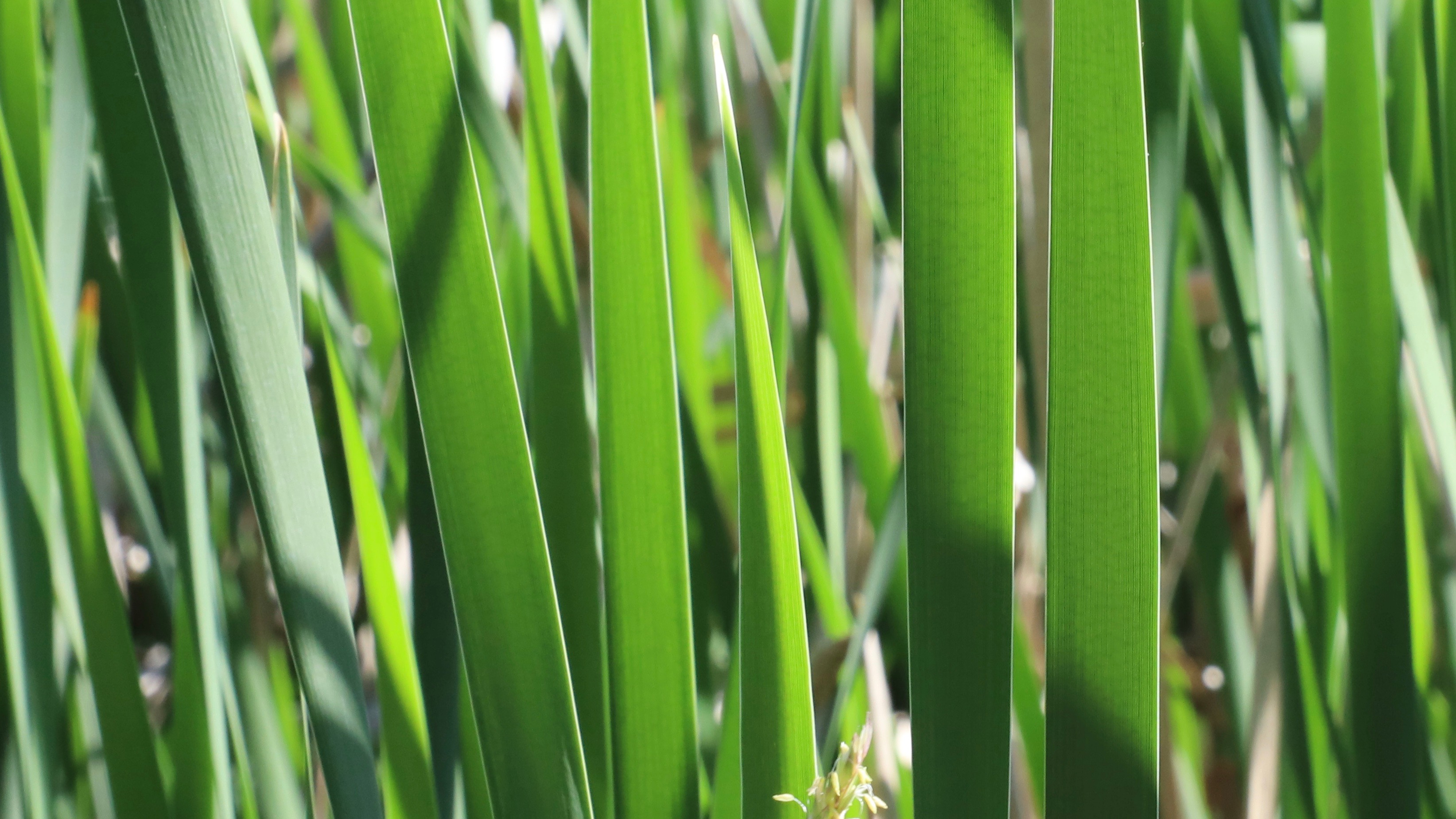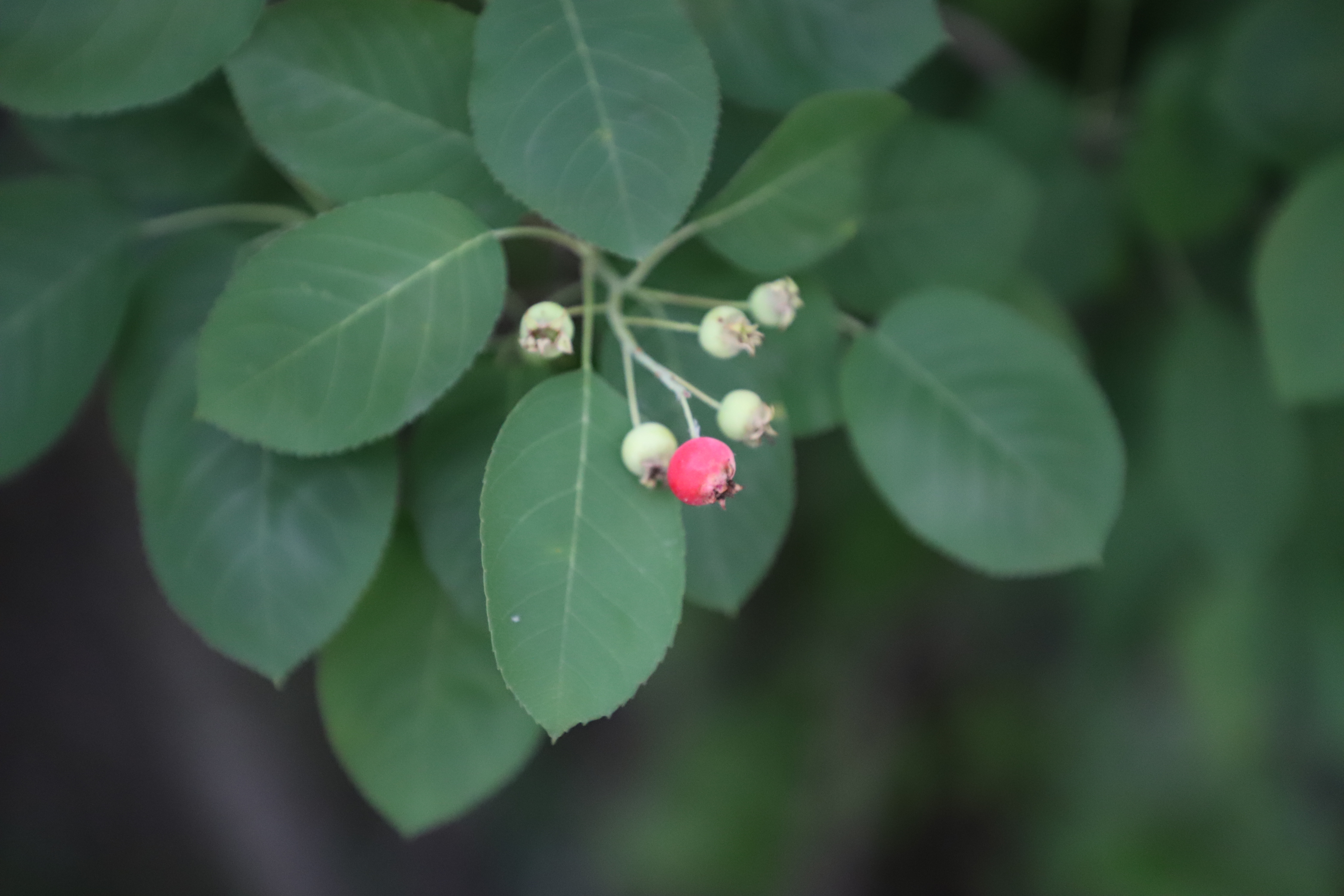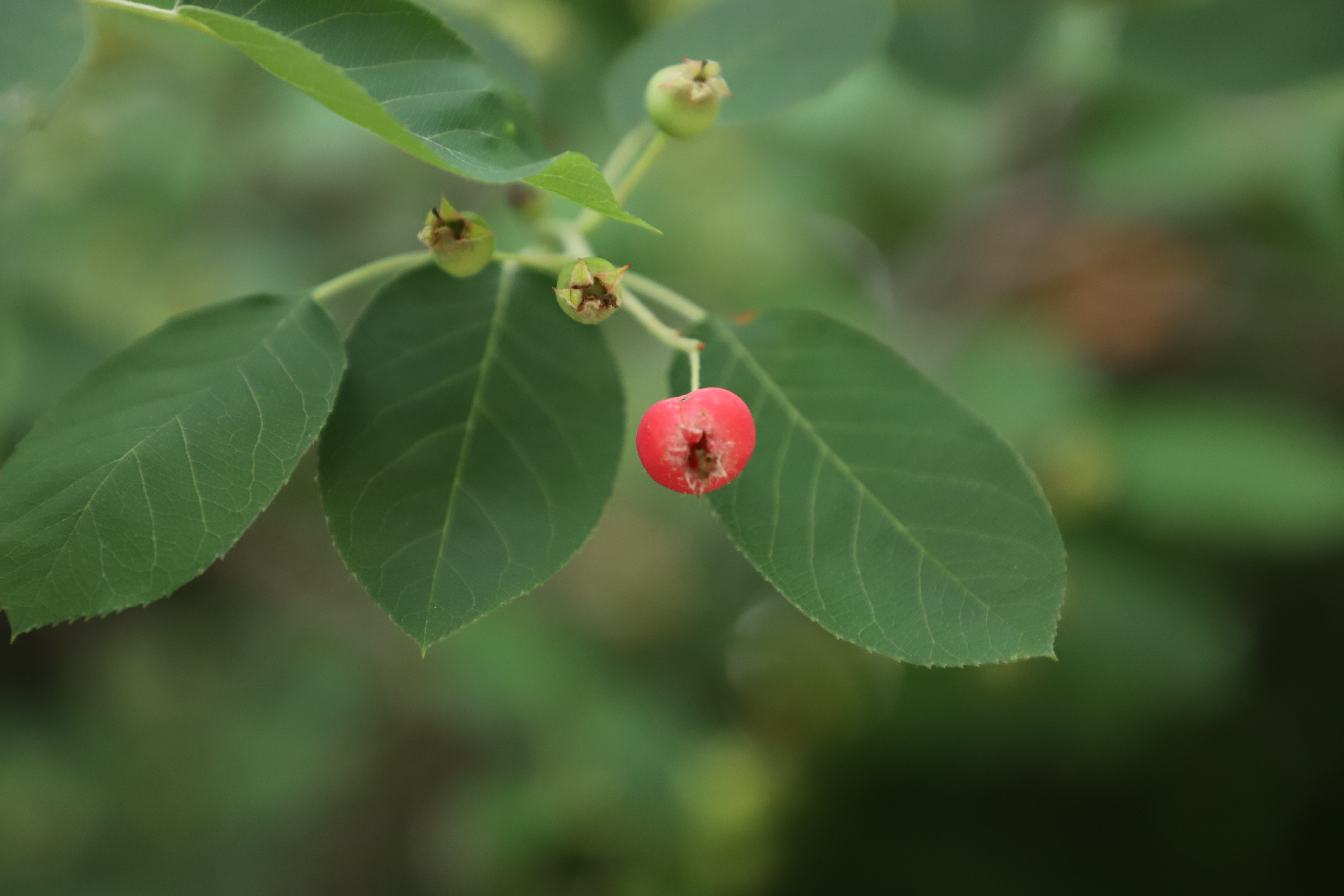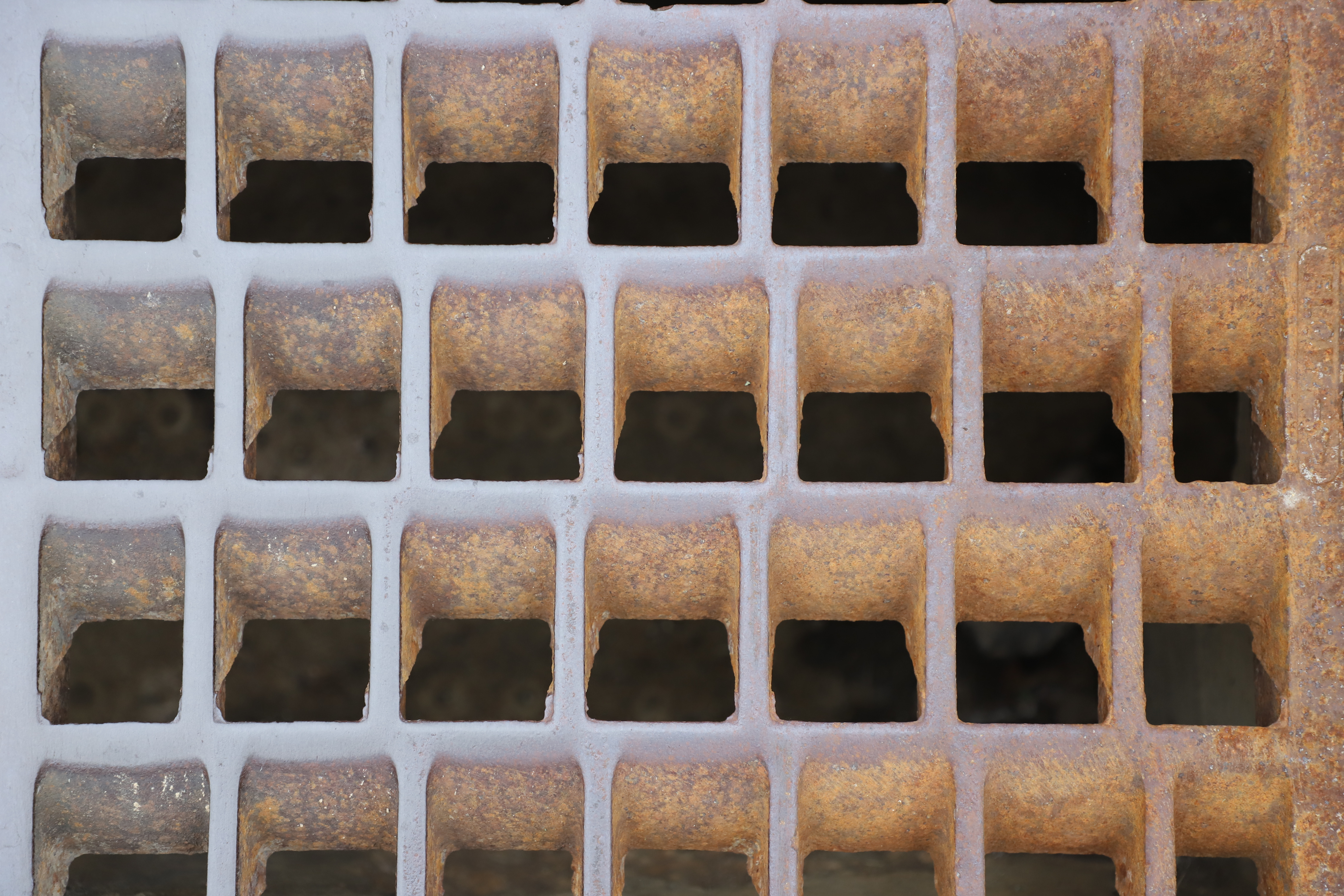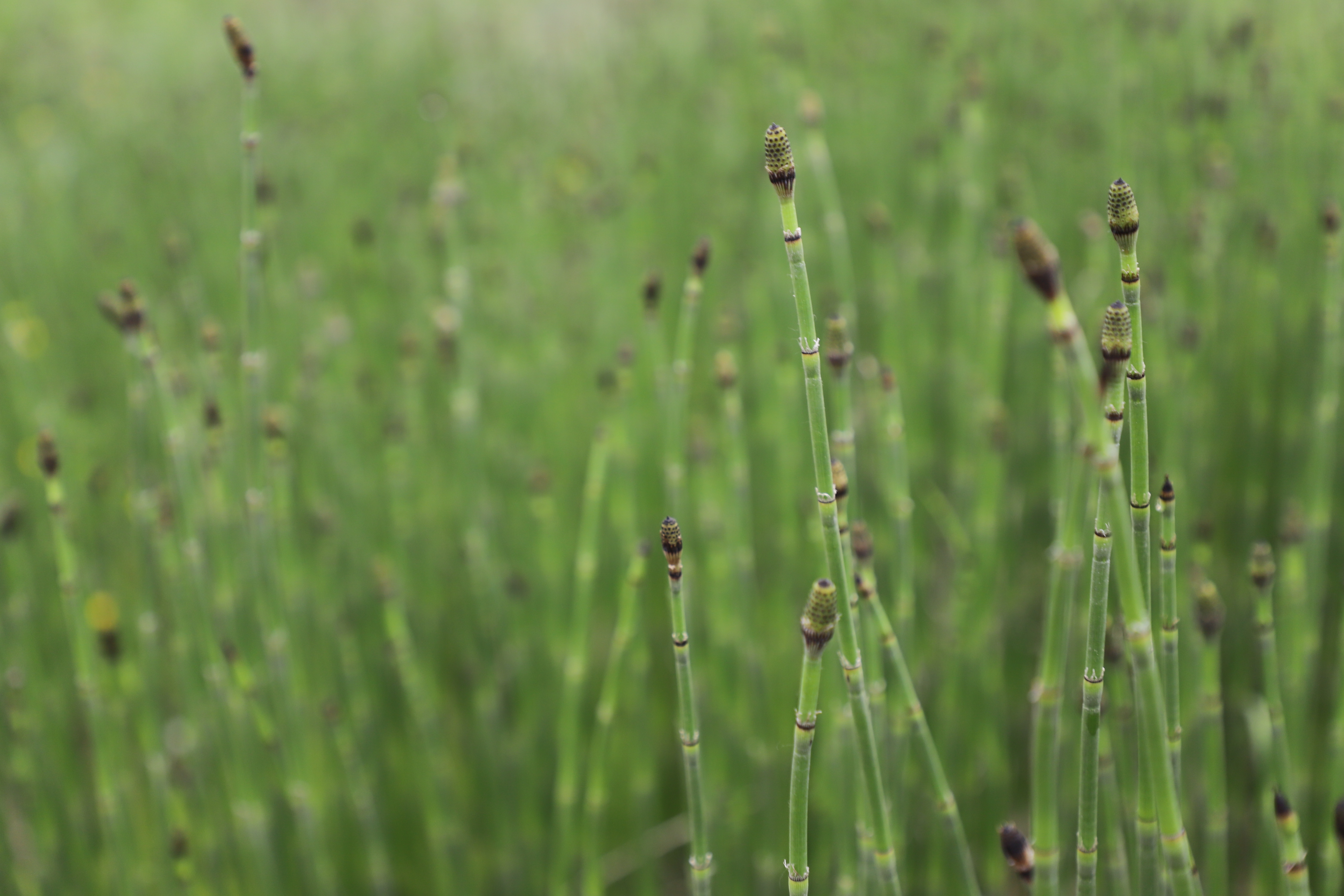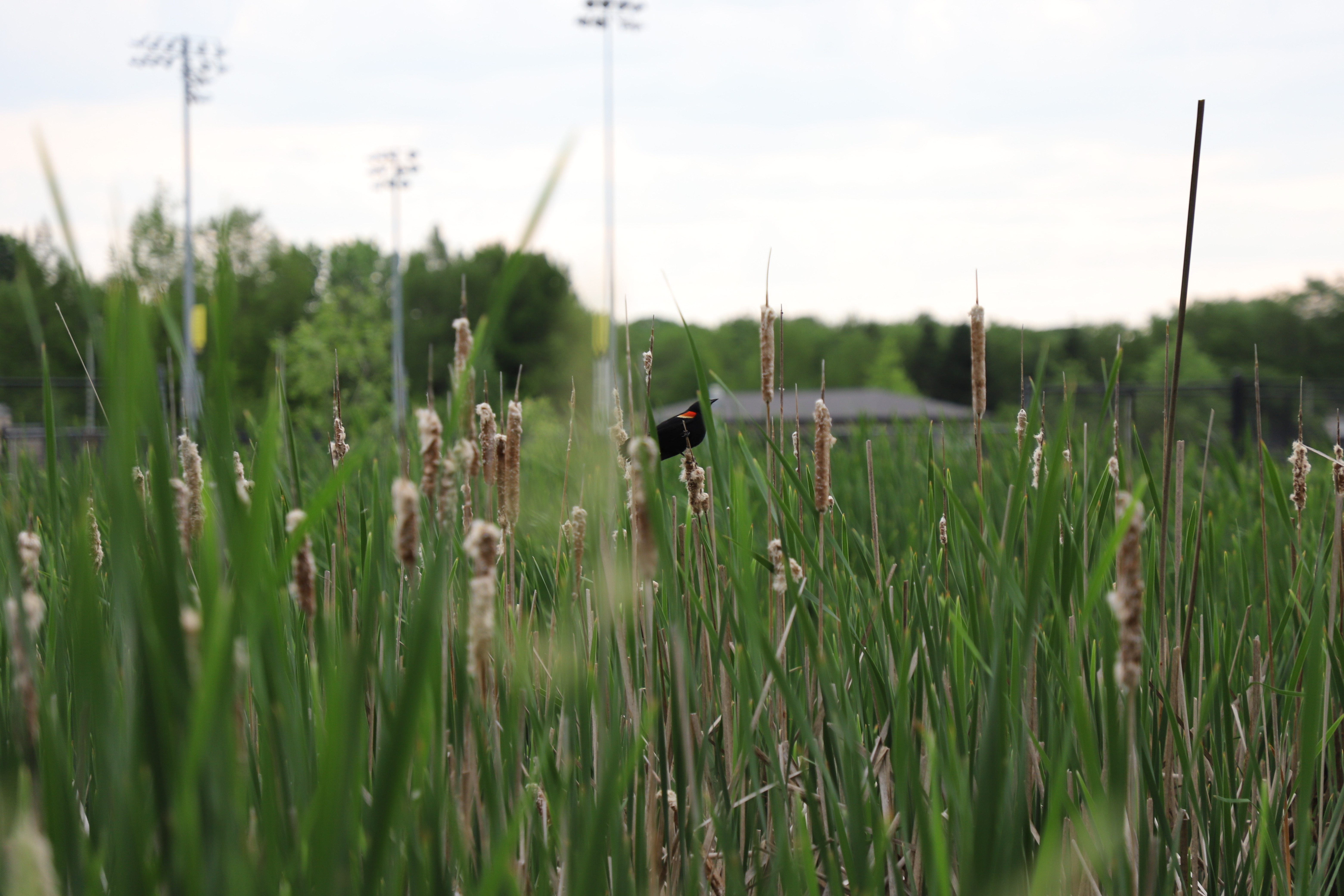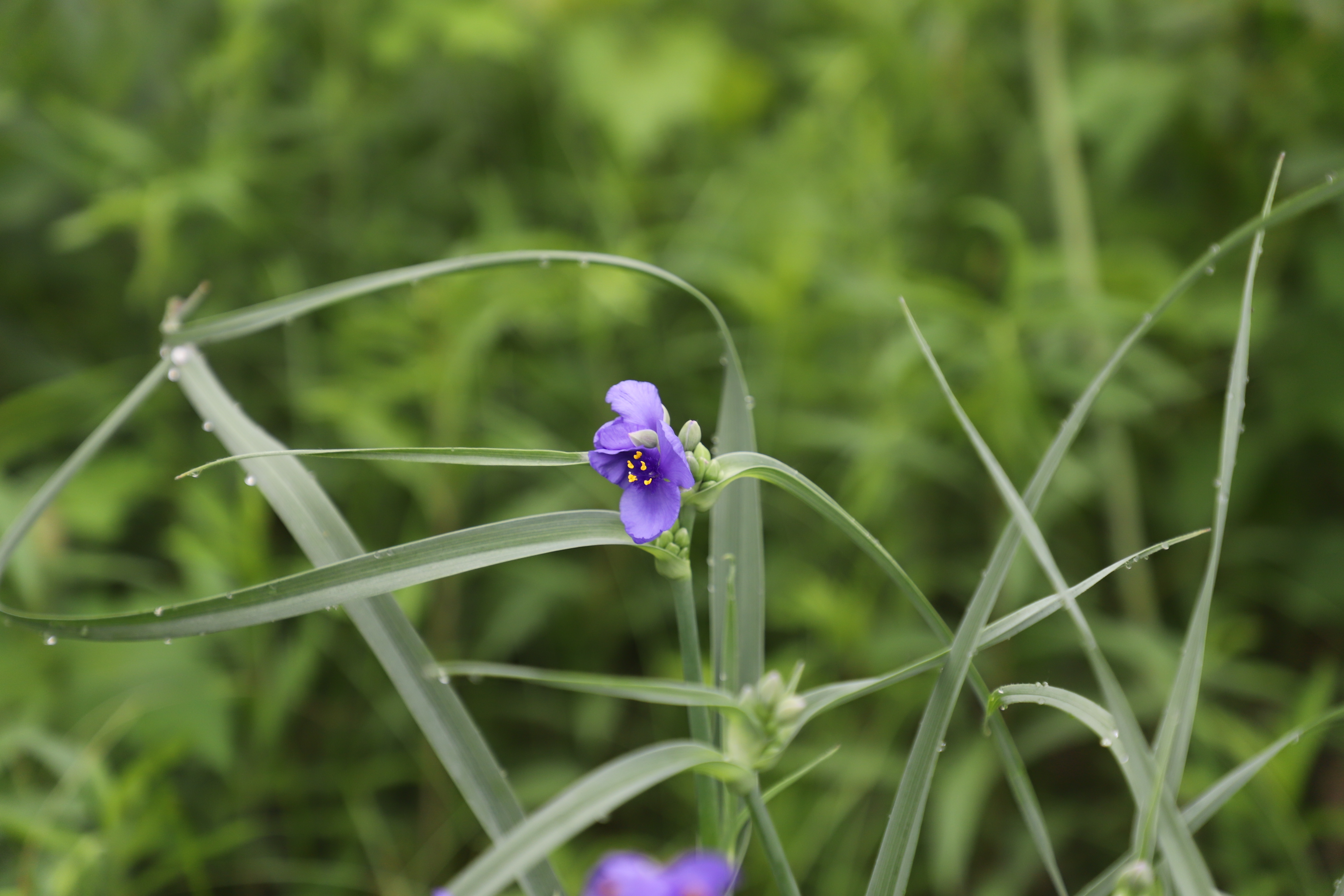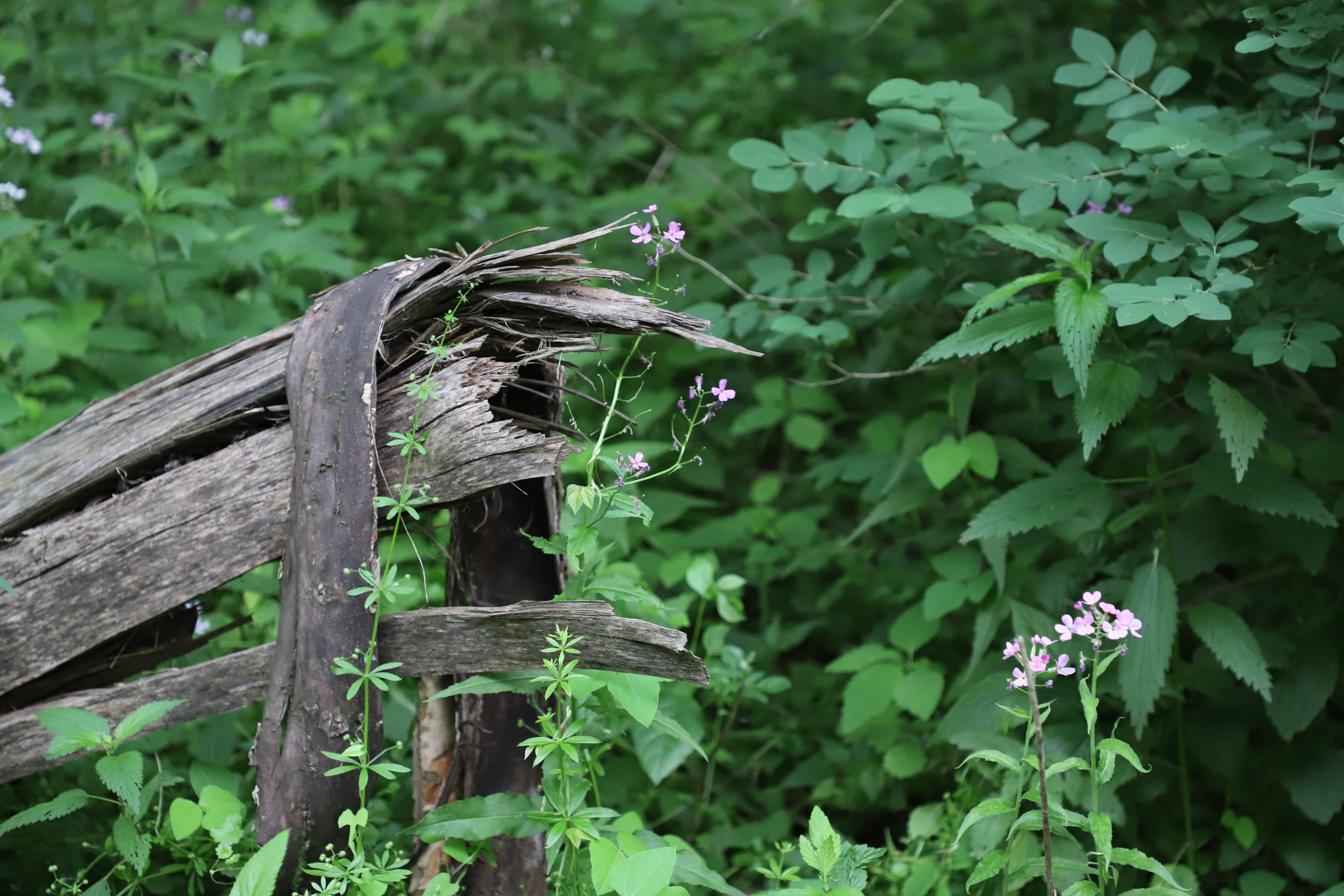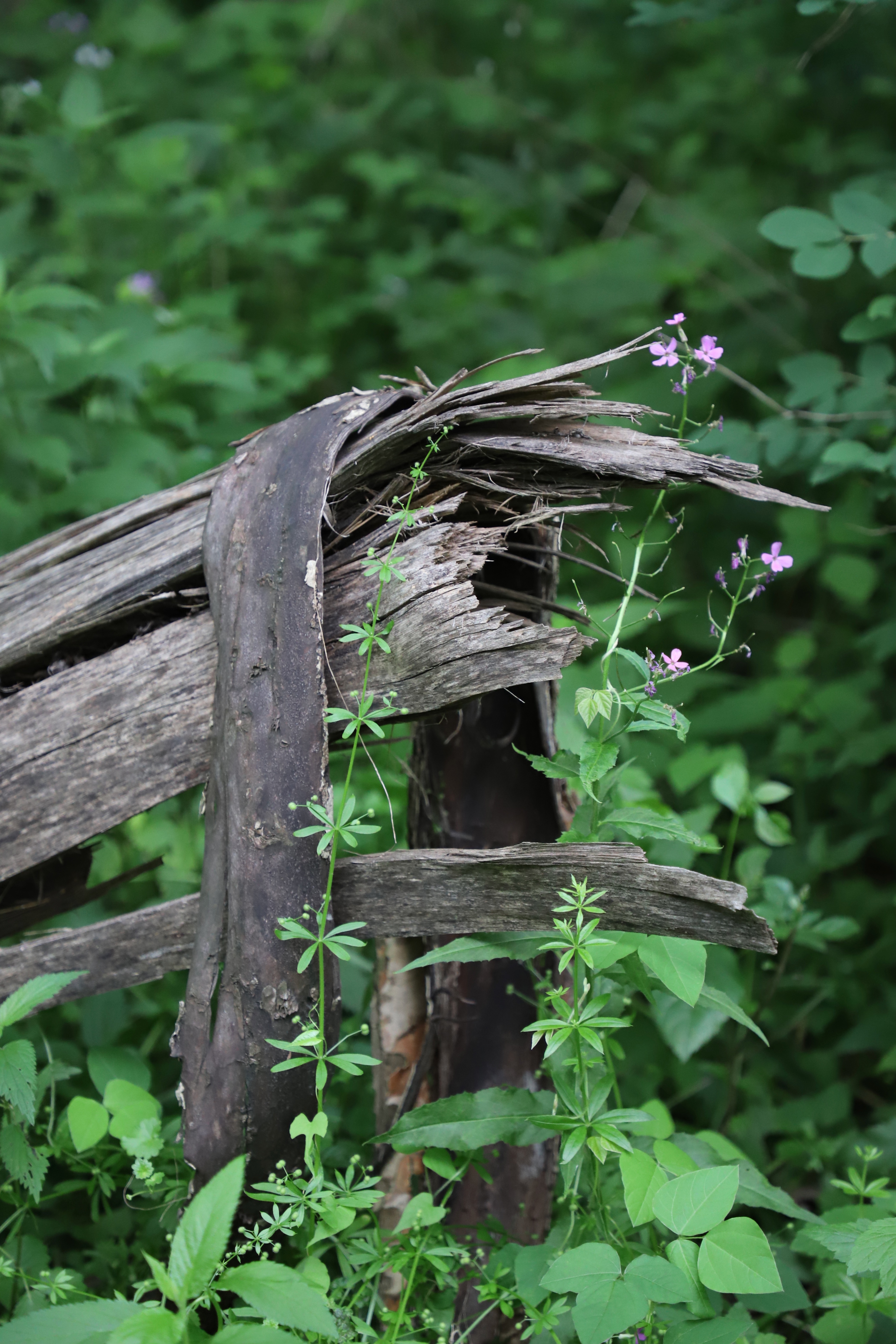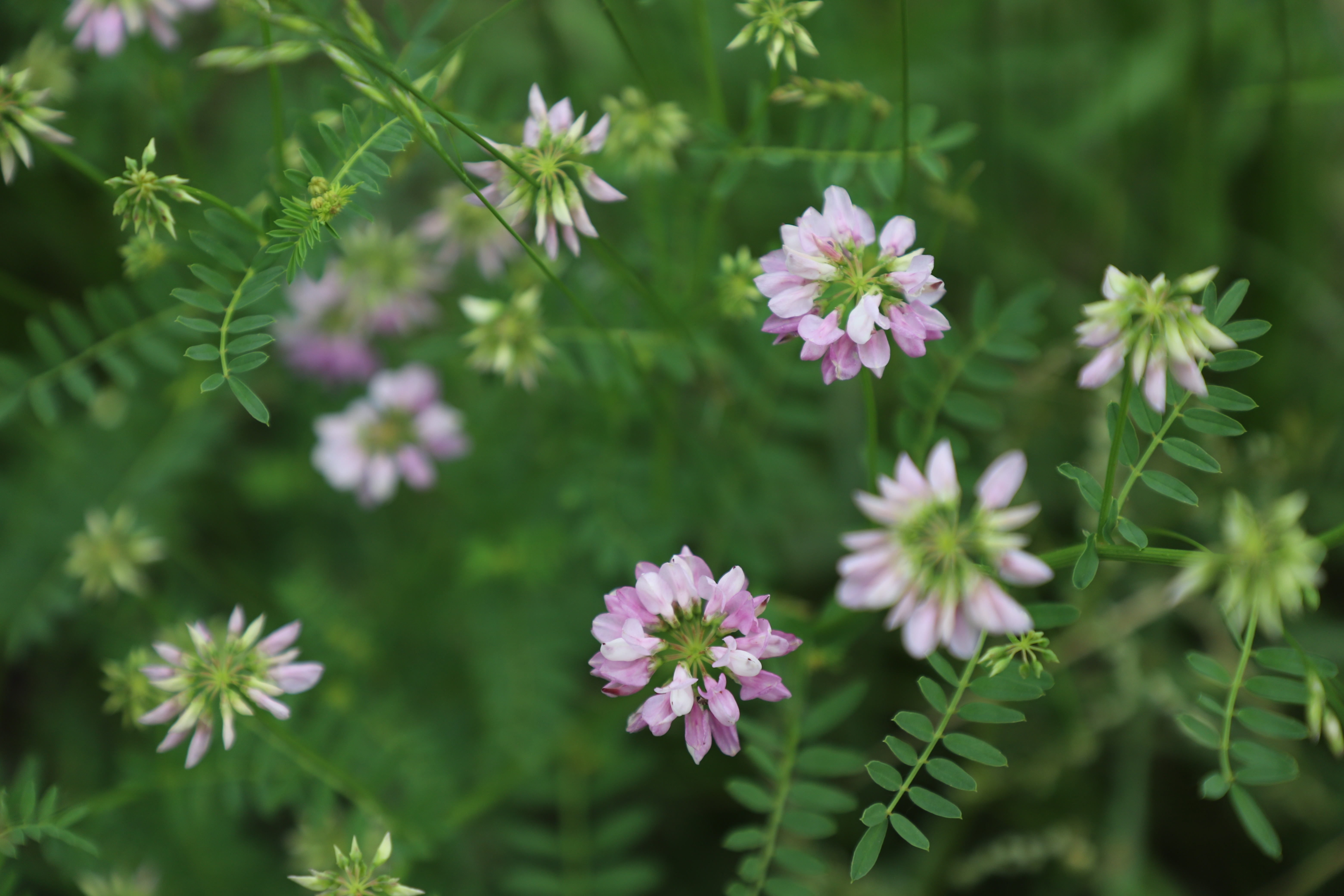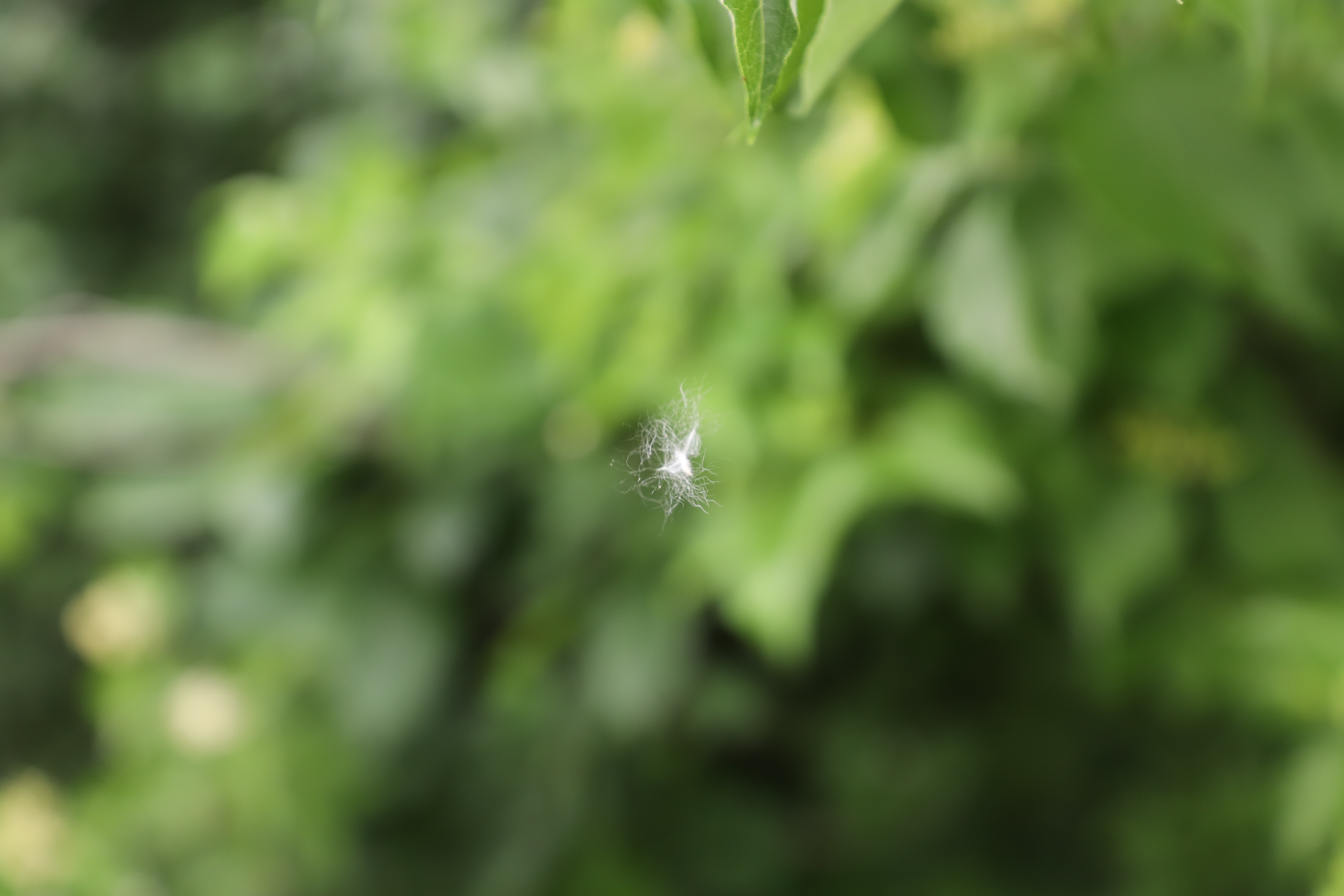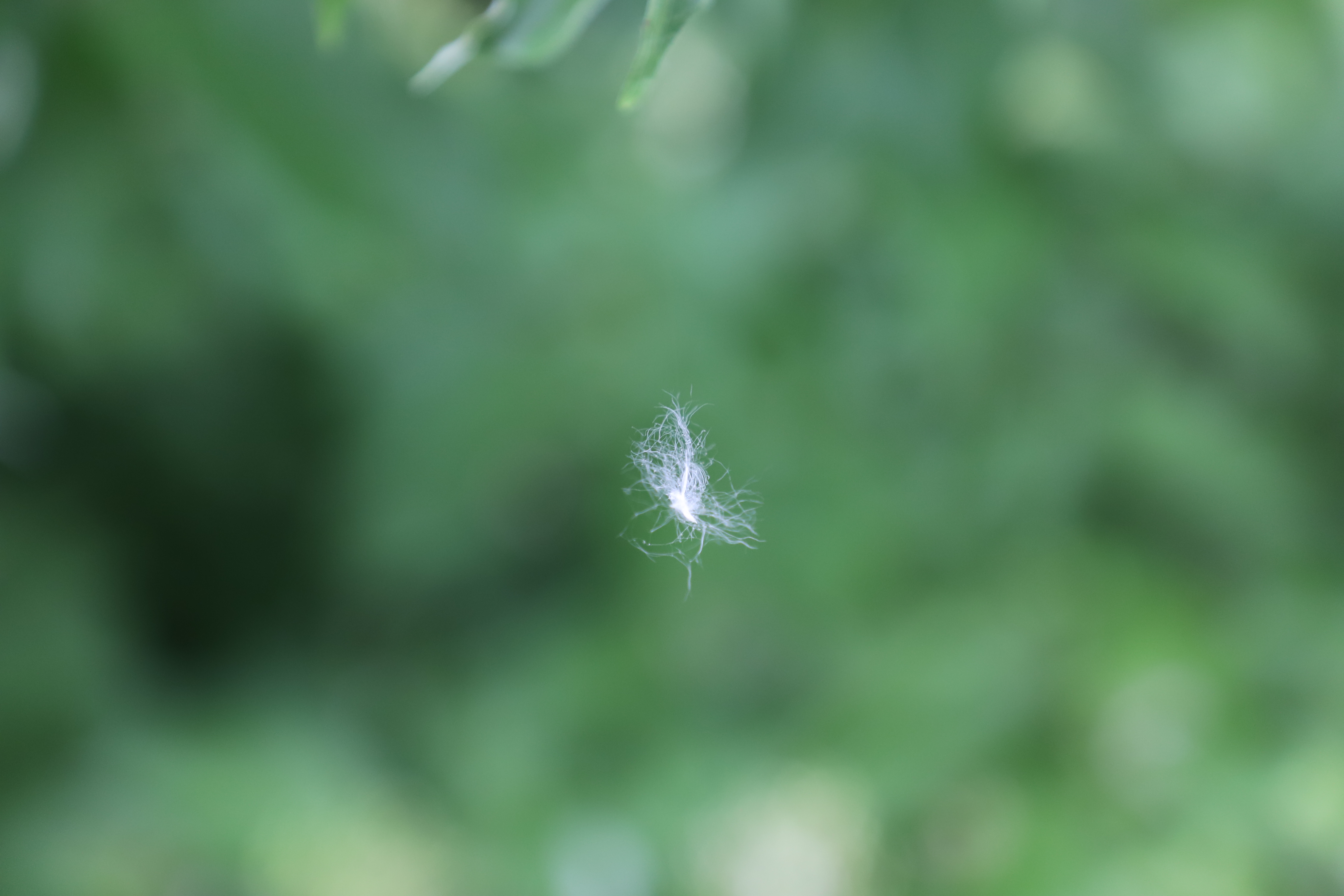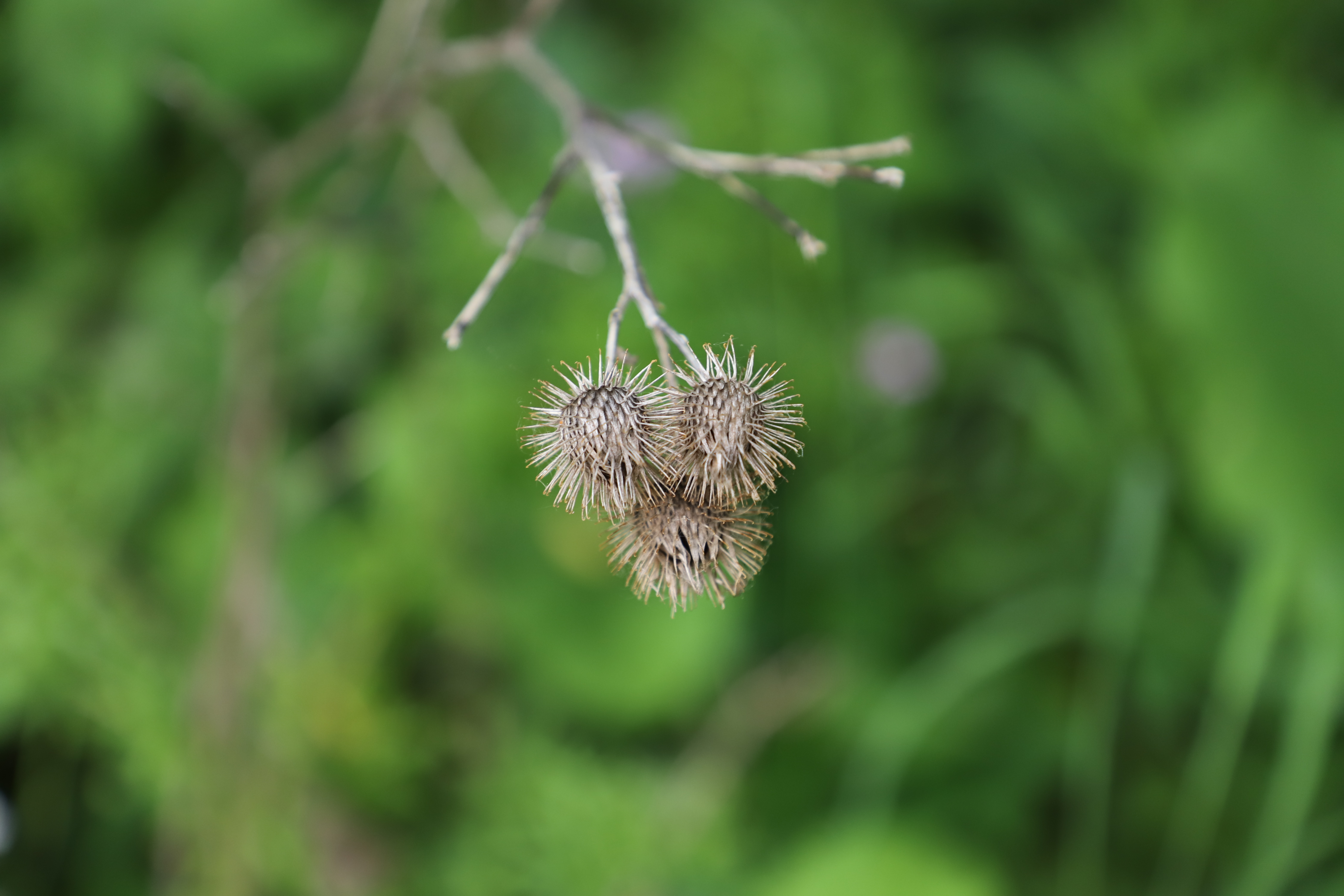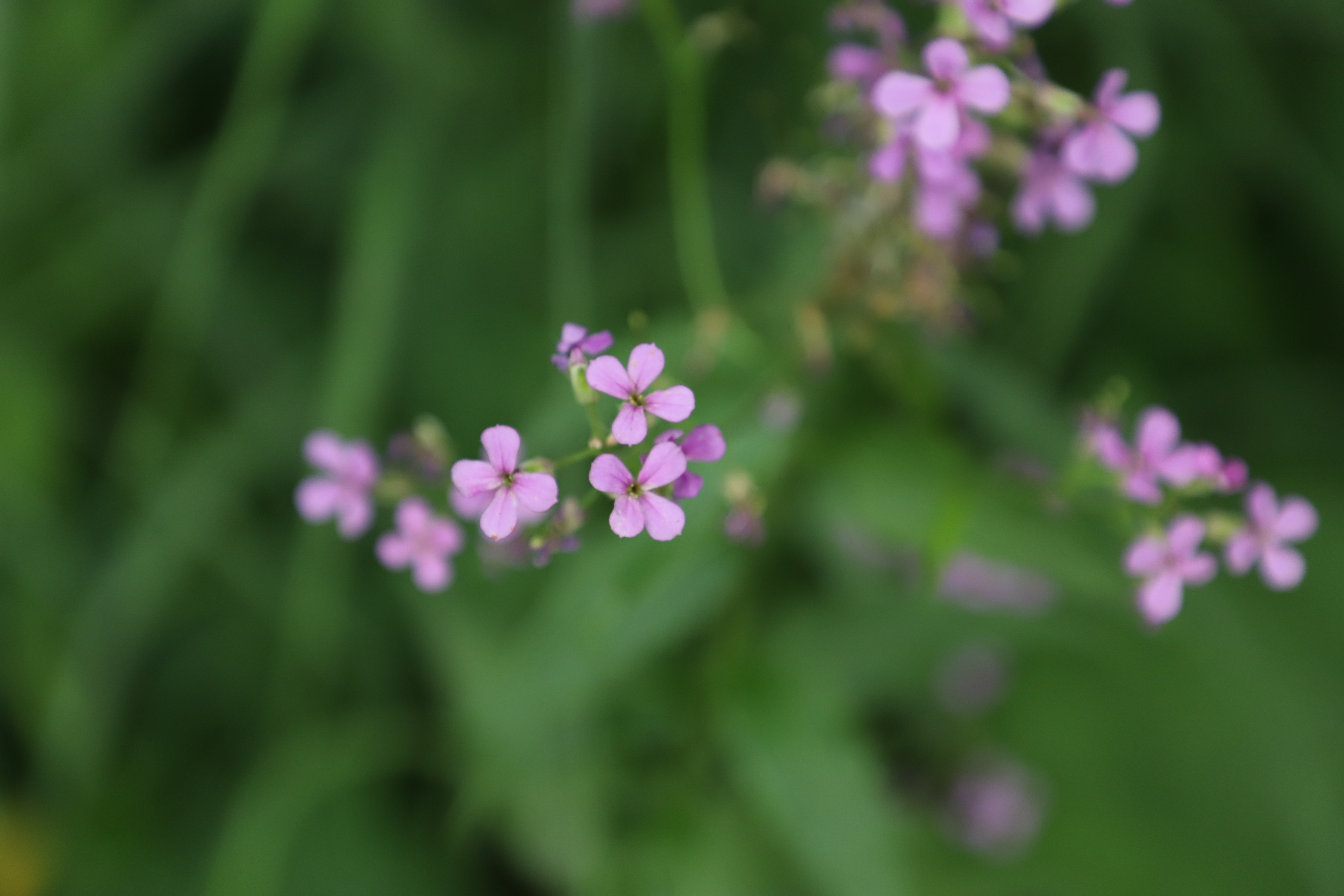Here are some sample photos from the Canon 6D Mark II. These are un-retouched photos created from RAW to JPEG in realtime in the camera. It’s possible that slightly higher quality photos could be achieved by editing the RAW image files and exporting to TIFF or some other lossless format.
Some factors that influence the overall photo quality are:
- Aperture. In low light, normally the aperture would automatically adjust to a lower number (like 4.0) letting more light in. This results in a narrow depth of field, so even if the subject is in focus, some parts of the subject will be out of focus. If the focus is not set precisely, the narrow depth of field would result in the entire subject out of focus.
- Distance. Objects at a far distance are likely to be more impacted by movement of the camera.
- Dynamic Range. The overall quality of a photo will be diminished if there is a wide variety of bright and dark objects in the photo. Usually the dark objects are too dark and the bright objects are washed out.
- See the examples below where the sky above buildings is washed out. If the exposure was set differently, details of the clouds could be seen but the buildings would be too dark. Some cameras have better dynamic range than others. Smartphones can use High Dynamic Range apps to take two photos (one over exposed and one under exposed) and then merge them together for excellent exposure across the photo.
- Focus. As mentioned above relating to aperture, the focus is essential. If the camera automatically focuses on an object in front of or behind the subject, the subject will be out of focus. If manual focus is used, but the focus isn’t perfect, then the subject would likely be blurry.
- ISO. The light sensitivity of the camera is automatically increased in low light by increasing the ISO. This results in noisy photos that look blurry and less detailed. This may allow a snapshot quality photo in conditions where no photo would have been possible otherwise, but boosted ISO will degrade the overall photo quality.
- JPEG Compression. Grass, trees, leaves, and pine needles at a distance may look blurry if zoomed in all the way because the resulting JPEG image will lose detail trying to convey so much information. There are only so many megapixels per photo. If those megapixels can be dedicated to a close-up subject with a mostly blurry background, then the subject will look great. If the megapixels need to recreate grass and leaves on trees, the compression of the photo is spread out resulting in poorer a quality photo.
- Notice in the sample photos below how the floating piece of plant fuzz can be seen in great detail with the background blurry.
- Notice the various photos with dirt, grass, leaves, pine trees, etc. — the camera has trouble making everything super crisp and sharp.
- RAW. An uncompressed RAW image is generally better than a compressed JPEG image file. However, in many instances the RAW and JPEG image don’t appear to be much different without zooming in and even then some photos will look very similar. In the examples below, the RAW image could not correct for the other issues caused by the factors in this list.
- Shutter Speed. In low light, normally the shutter speed would automatically adjust to a slower setting allowing more light in. If the photographer or subject are moving, the resulting photo will likely have some blur.
- Zoom. When the lens is zoomed in, this reduces available light which impacts aperture and shutter speed as mentioned above.
Photo Samples – Canon 6D II (8 June 2018)
Here are some photos taken using the Canon 6D II on 8 June 2018. Similar photos were taken with the Sony below. Once in gallery view, it’s possible to scroll down to see camera information for that photo, and choose to view the full image.
Photo Samples – Sony HX50V (8 June 2018)
Here are some photos taken using the Sony HX50V on 8 June 2018. Similar photos were taken with the Canon 6DII above. Once in gallery view, it’s possible to scroll down to see camera information for that photo, and choose to view the full image.
Photo Samples (5 June 2018)
Here are the photo samples. Click an image to get the gallery view. Once in gallery view, it’s possible to scroll down to see camera information for that photo, and choose to view the full image. These are from the Canon 6D.
